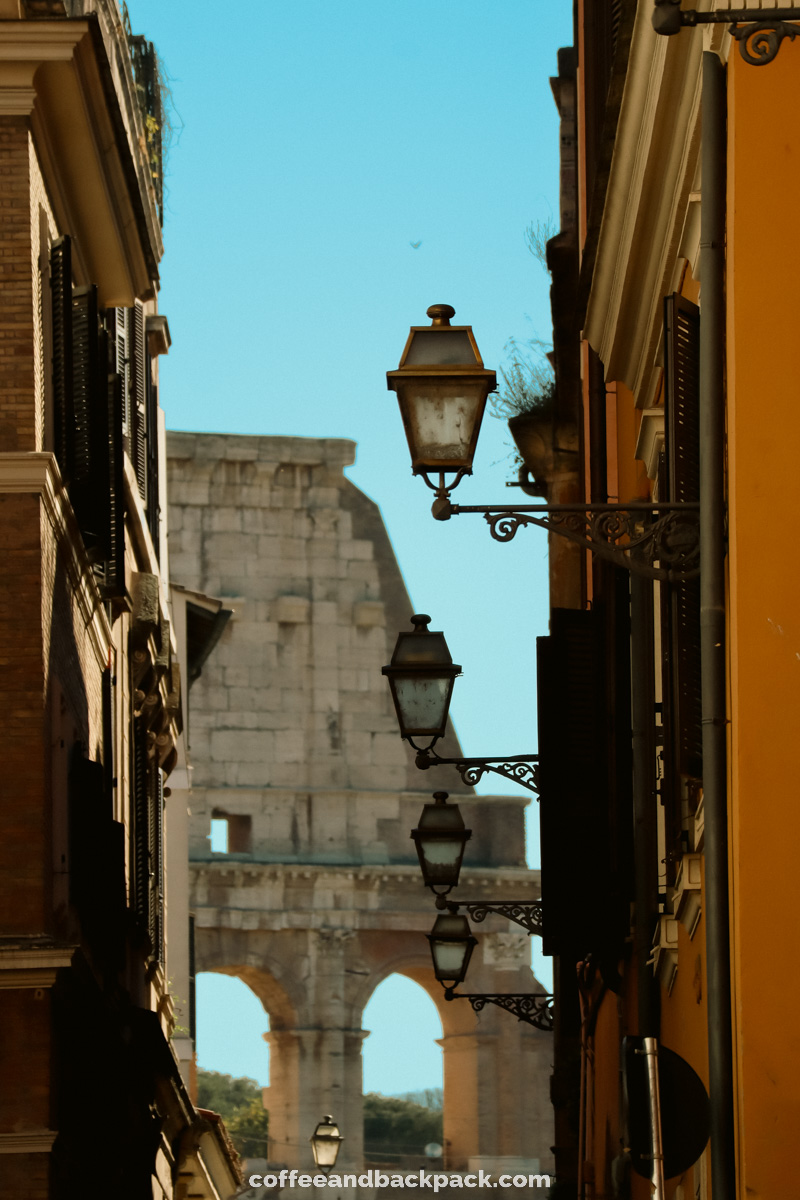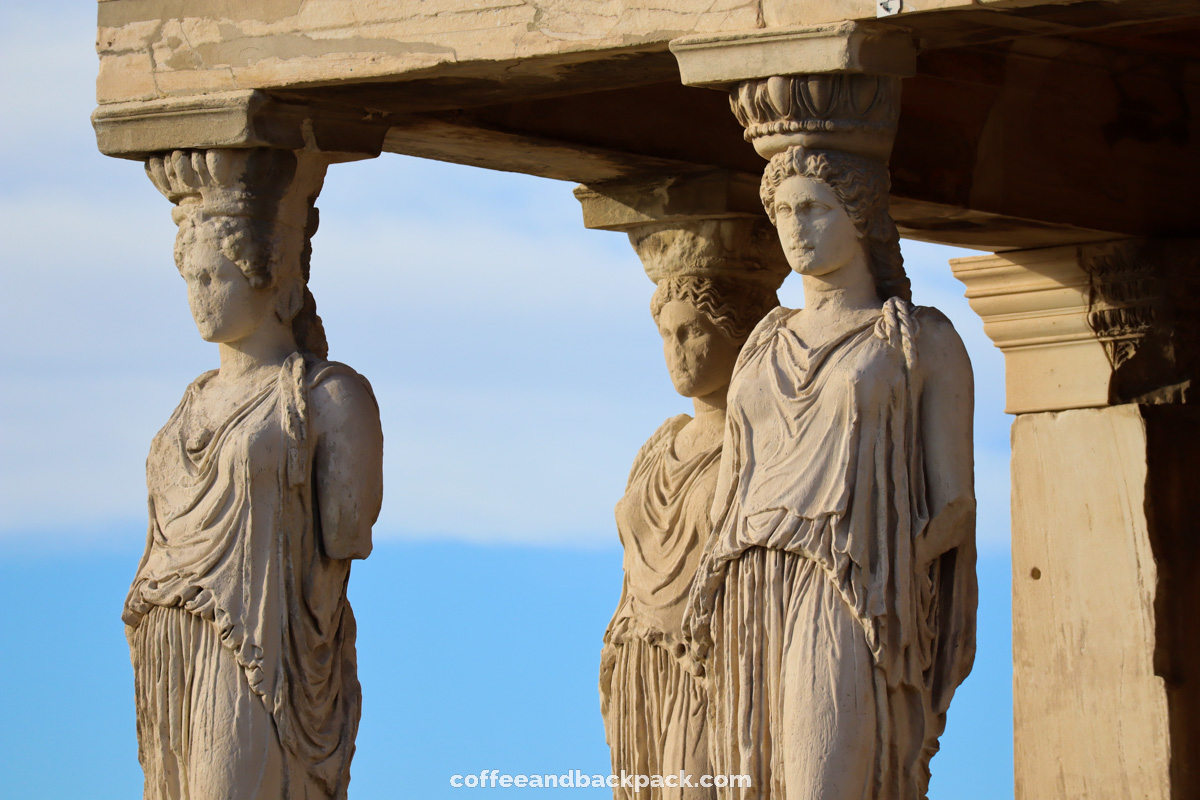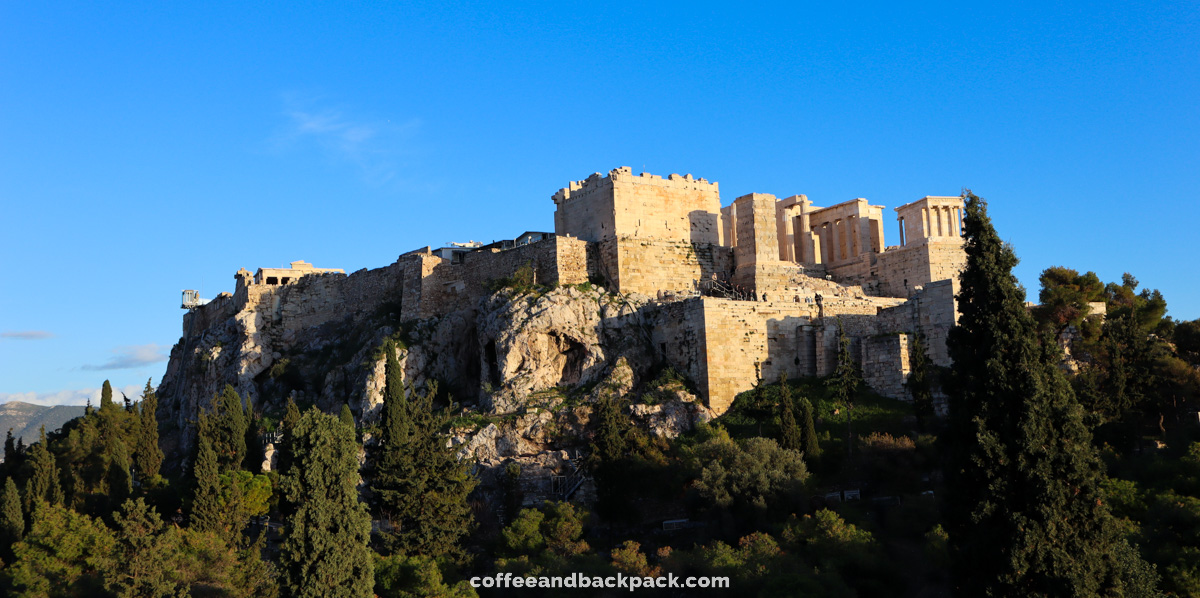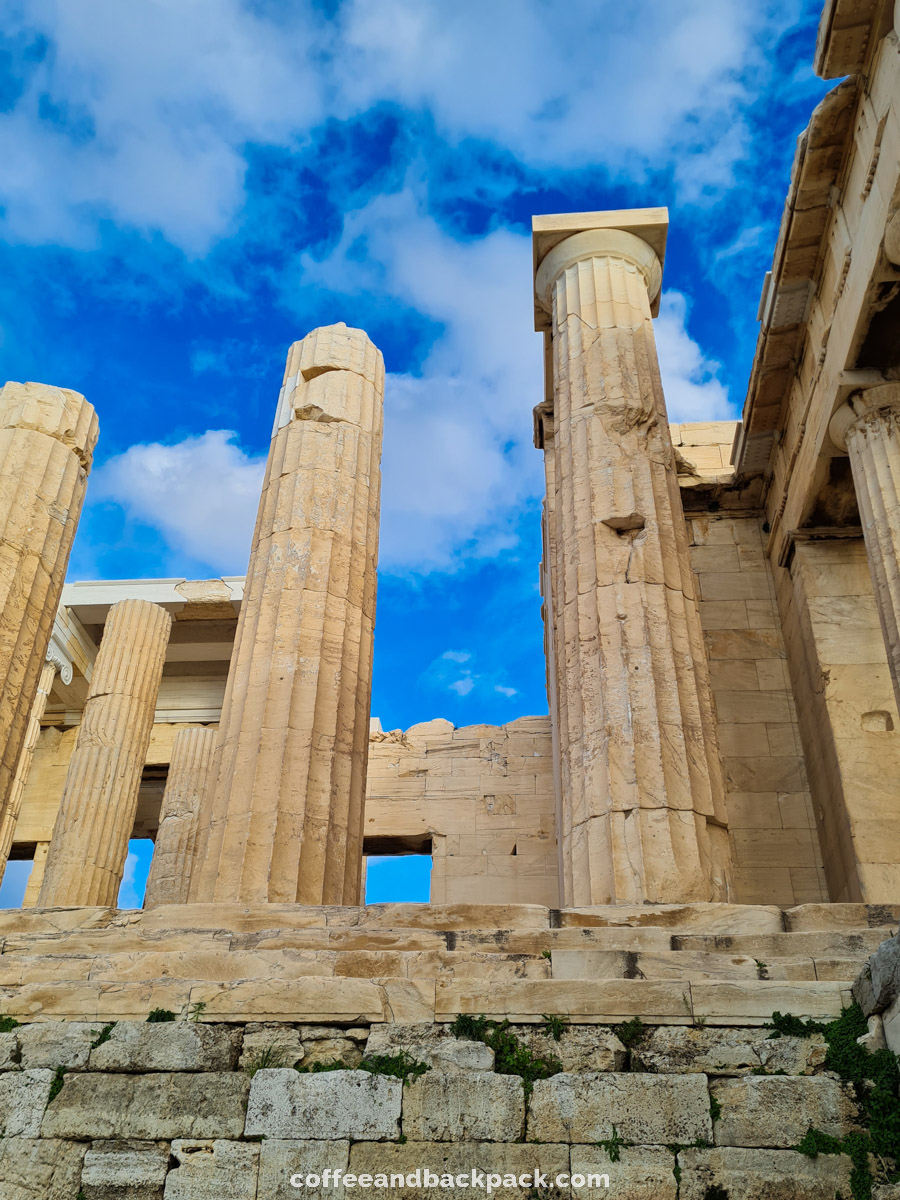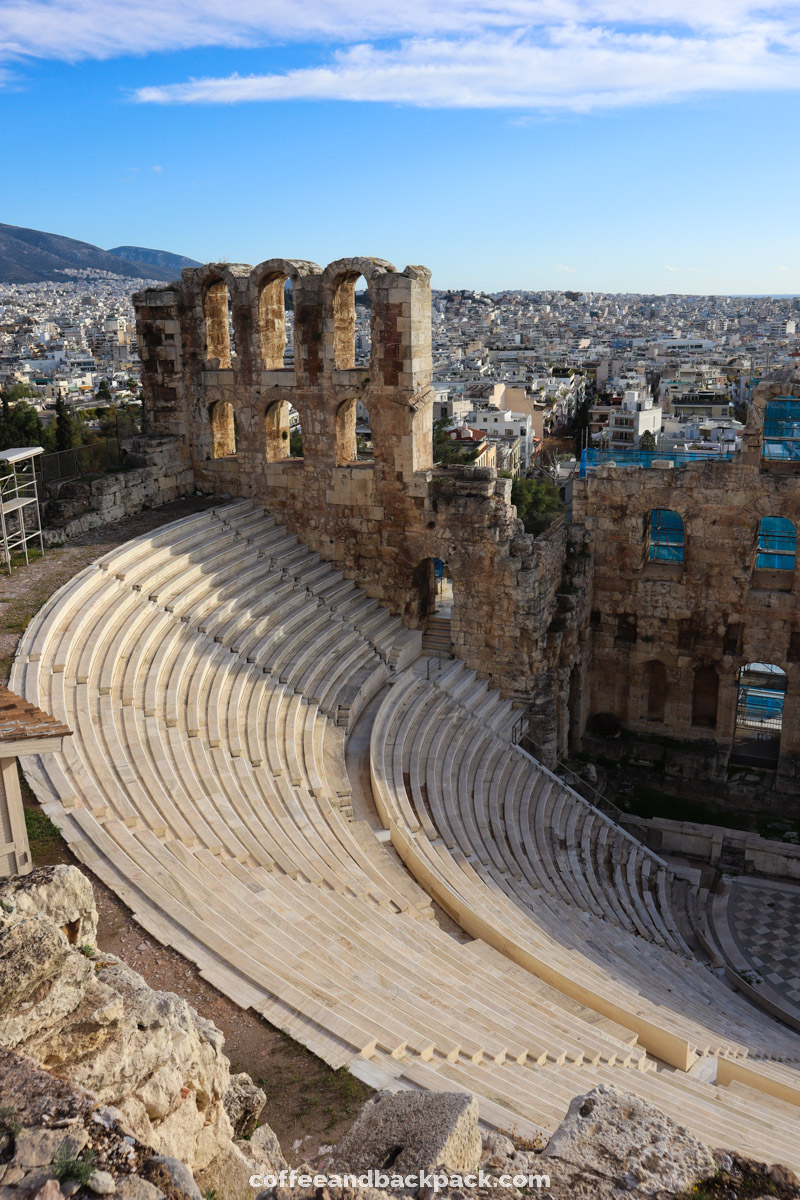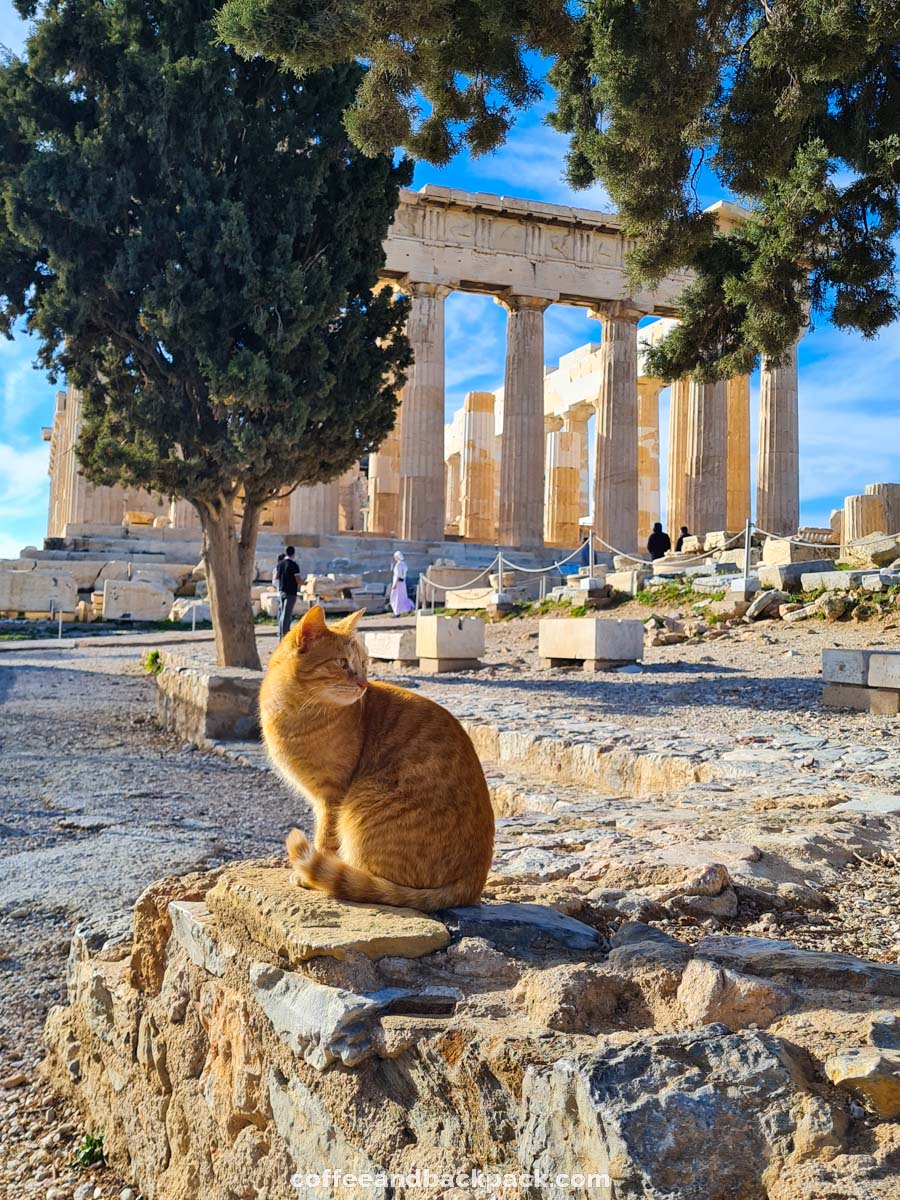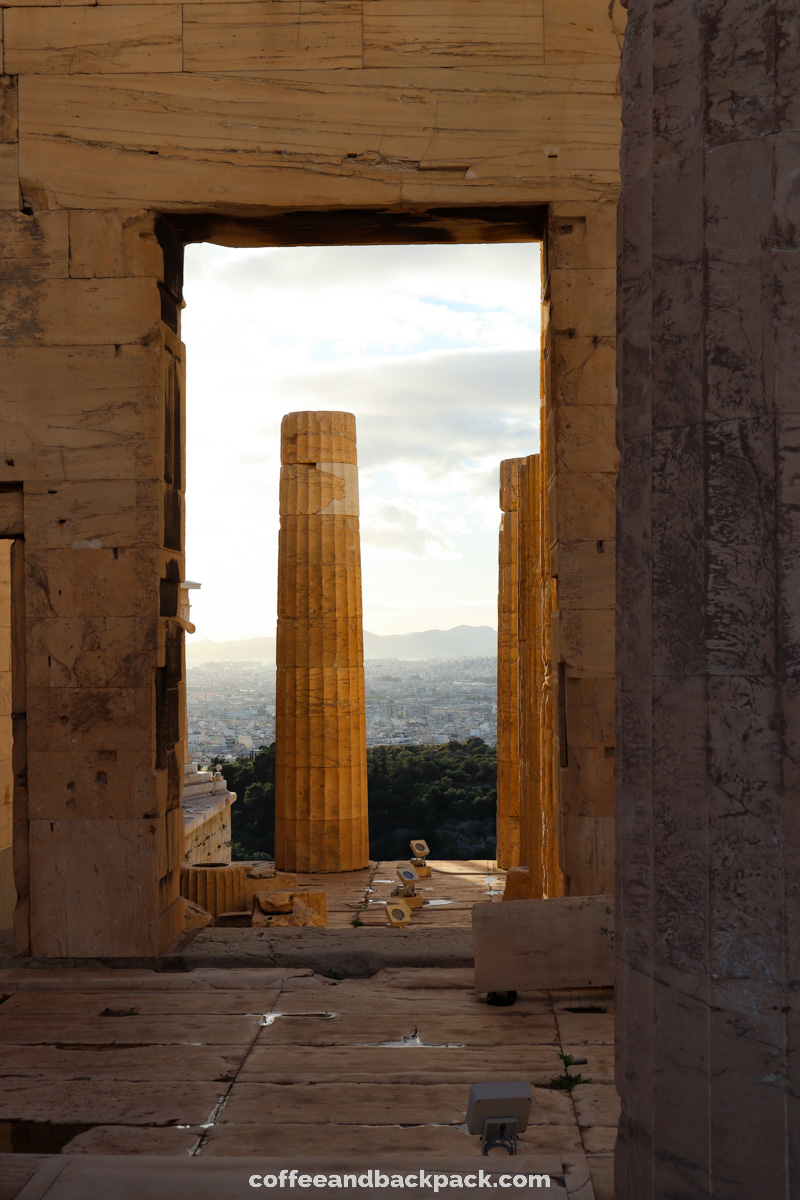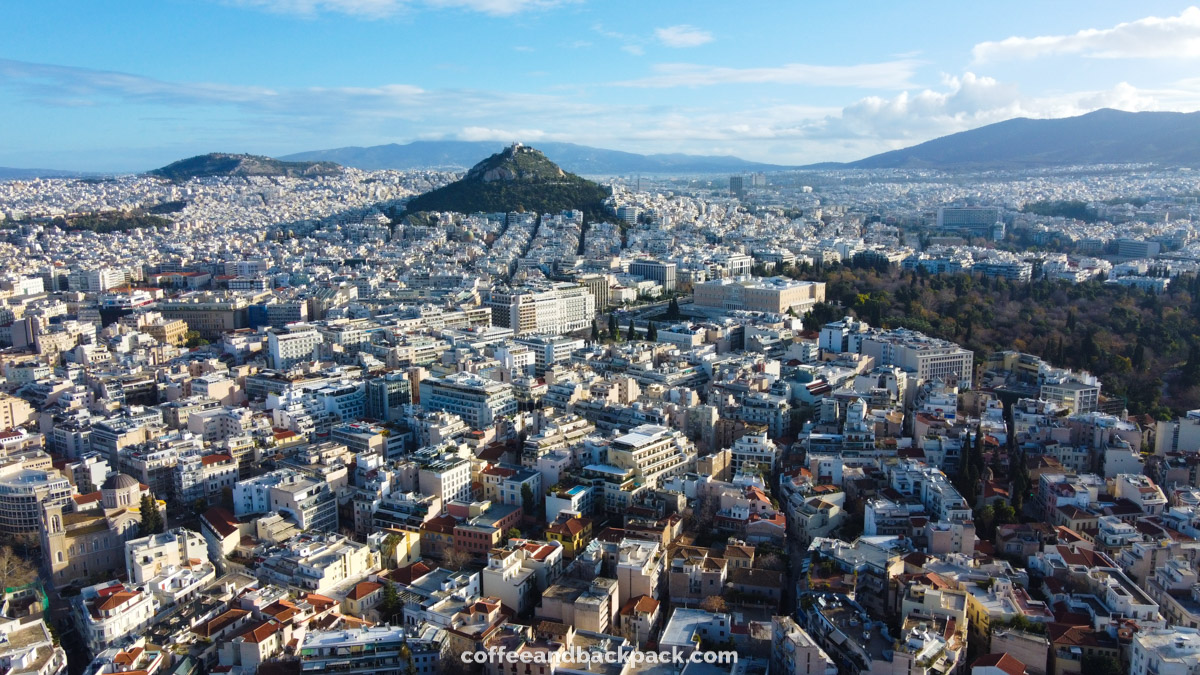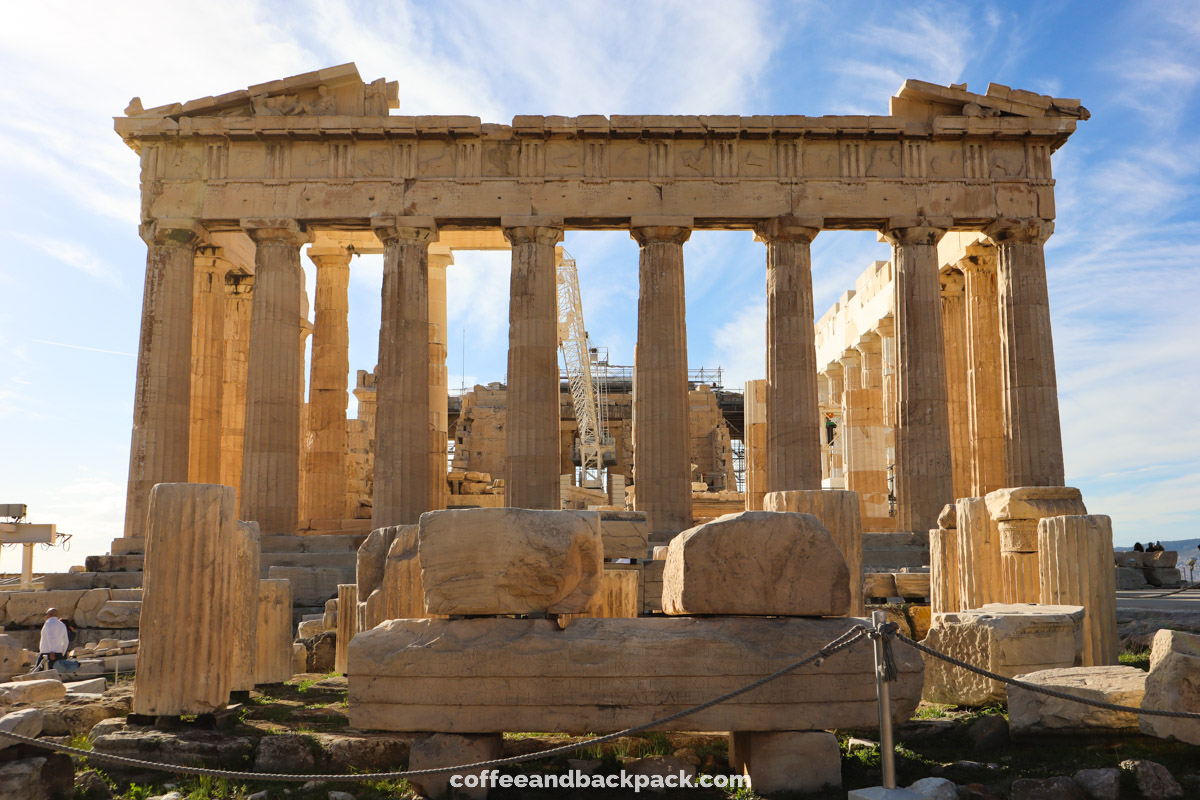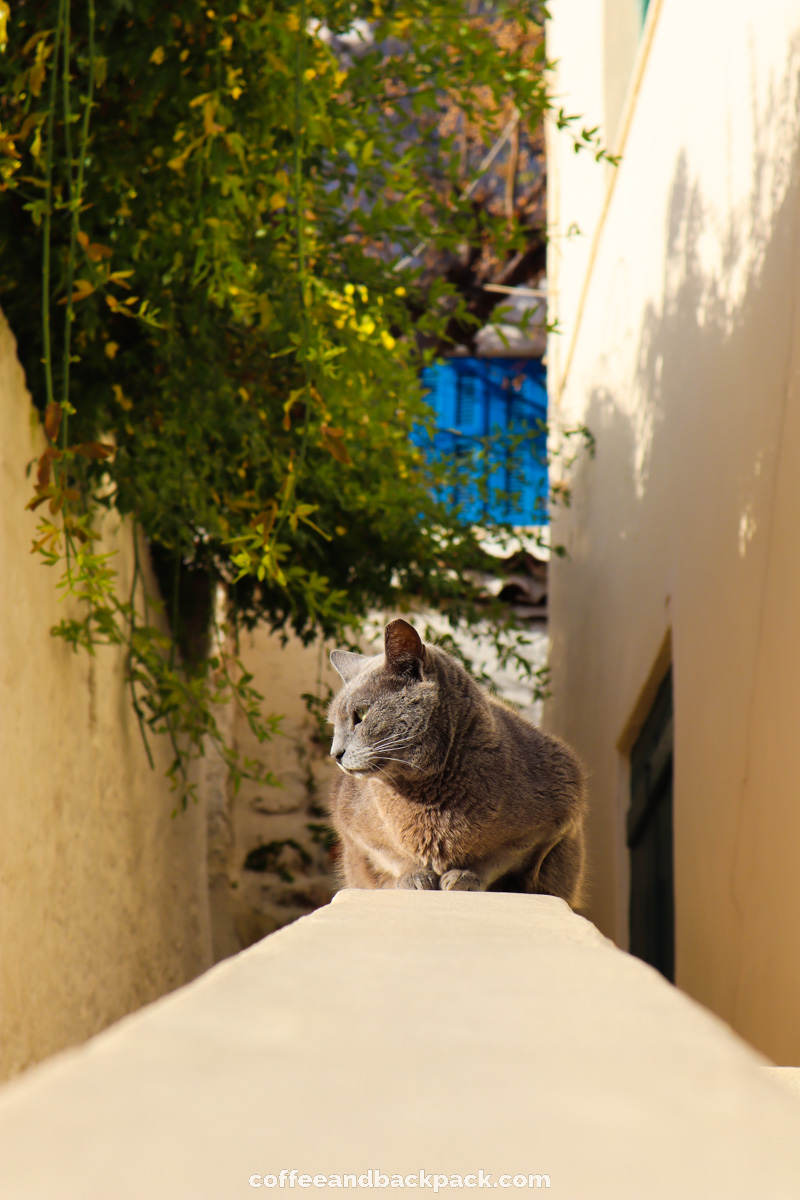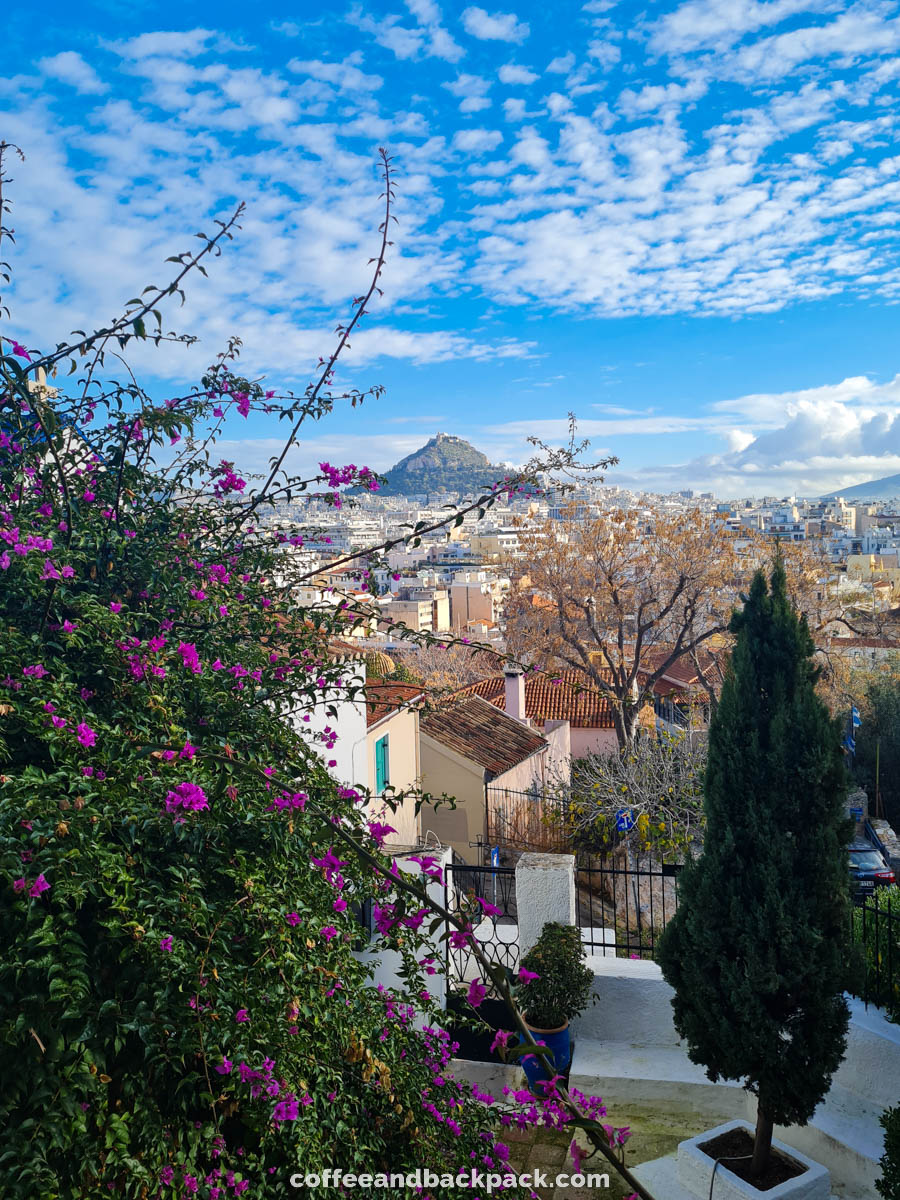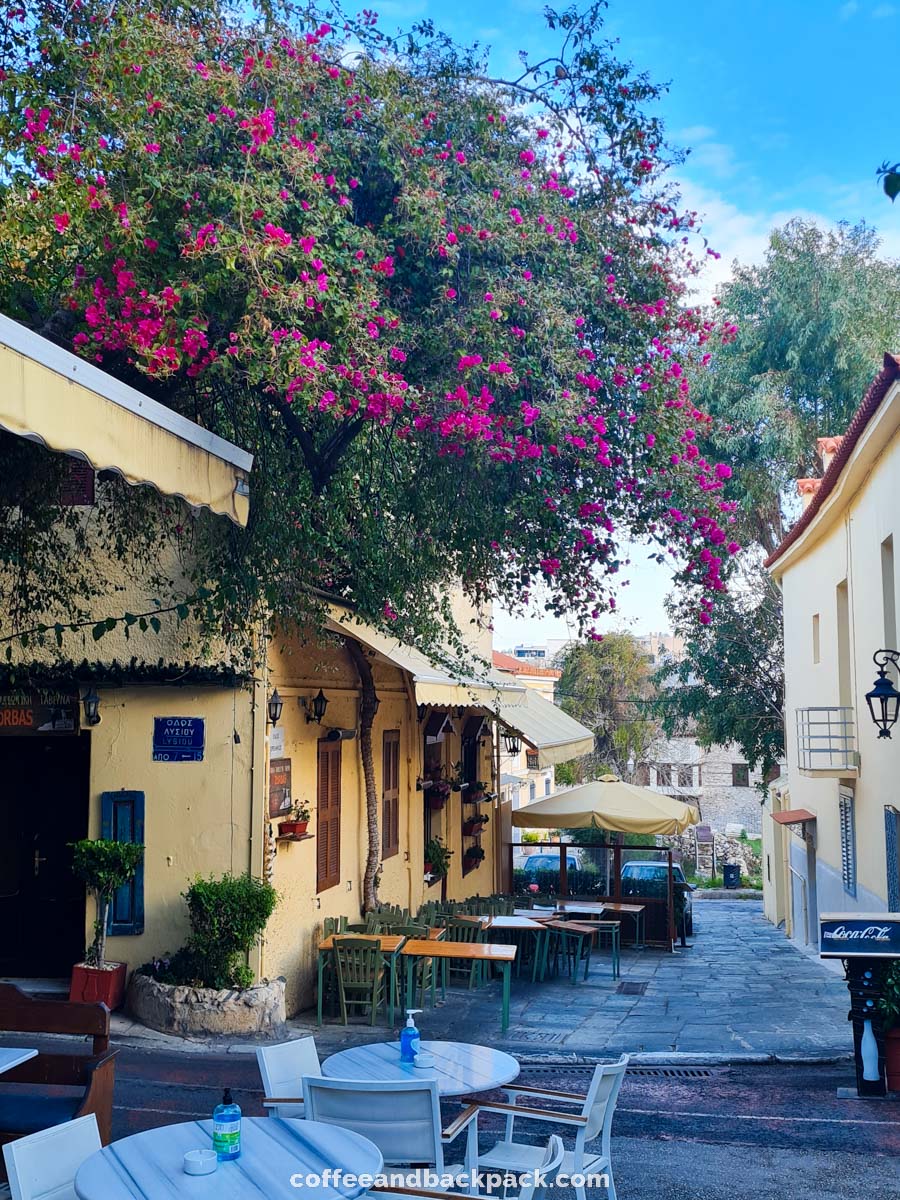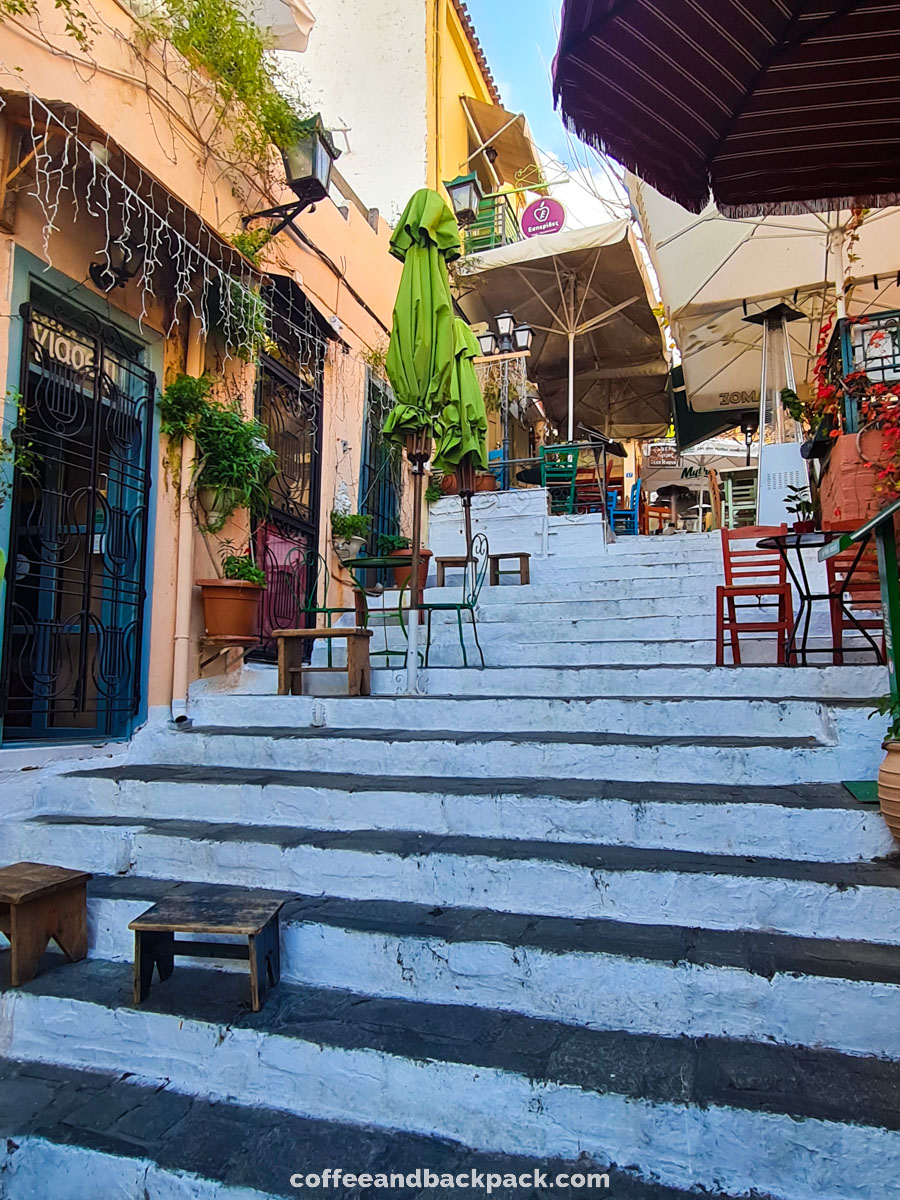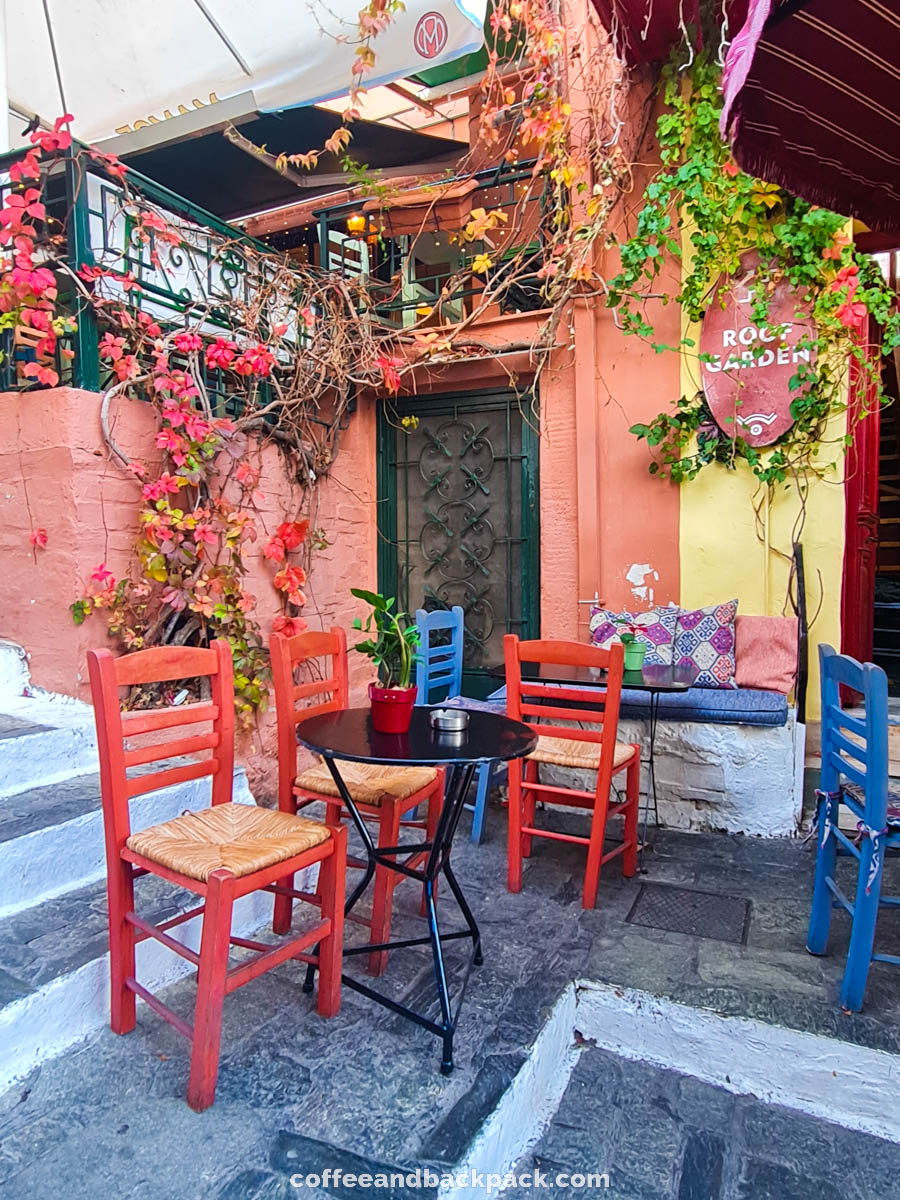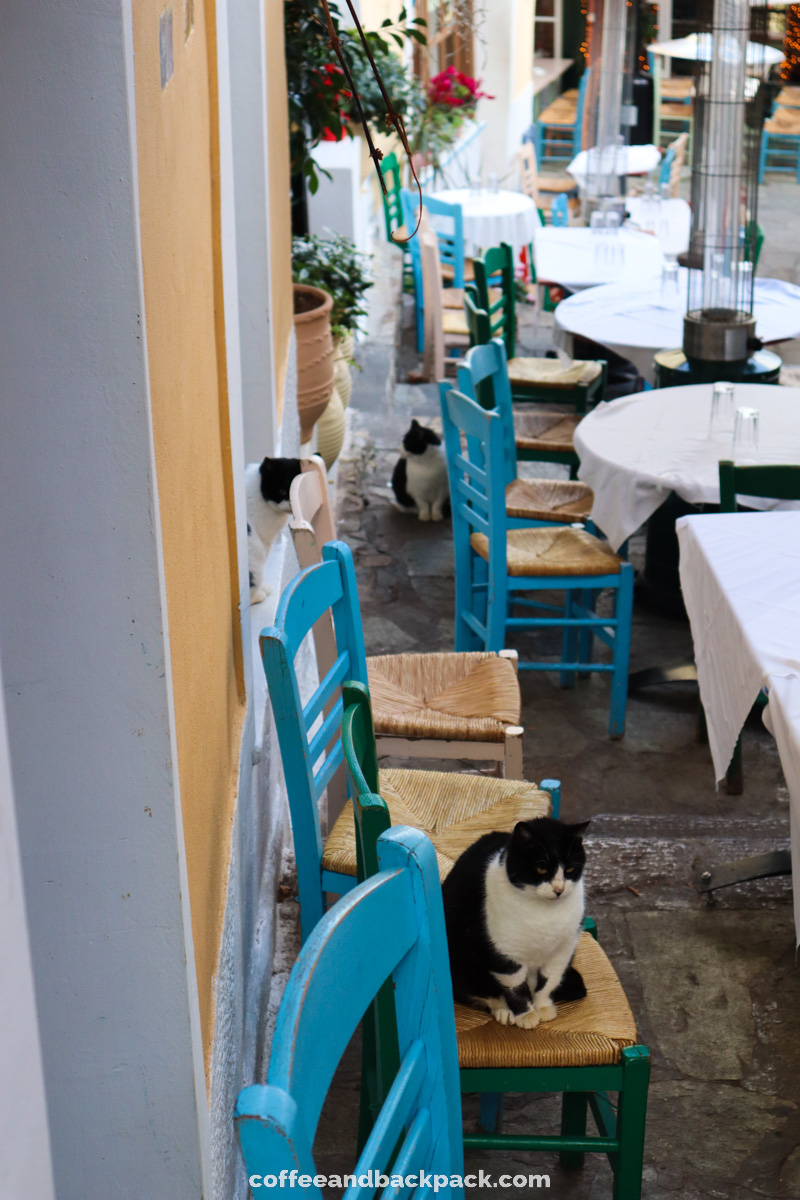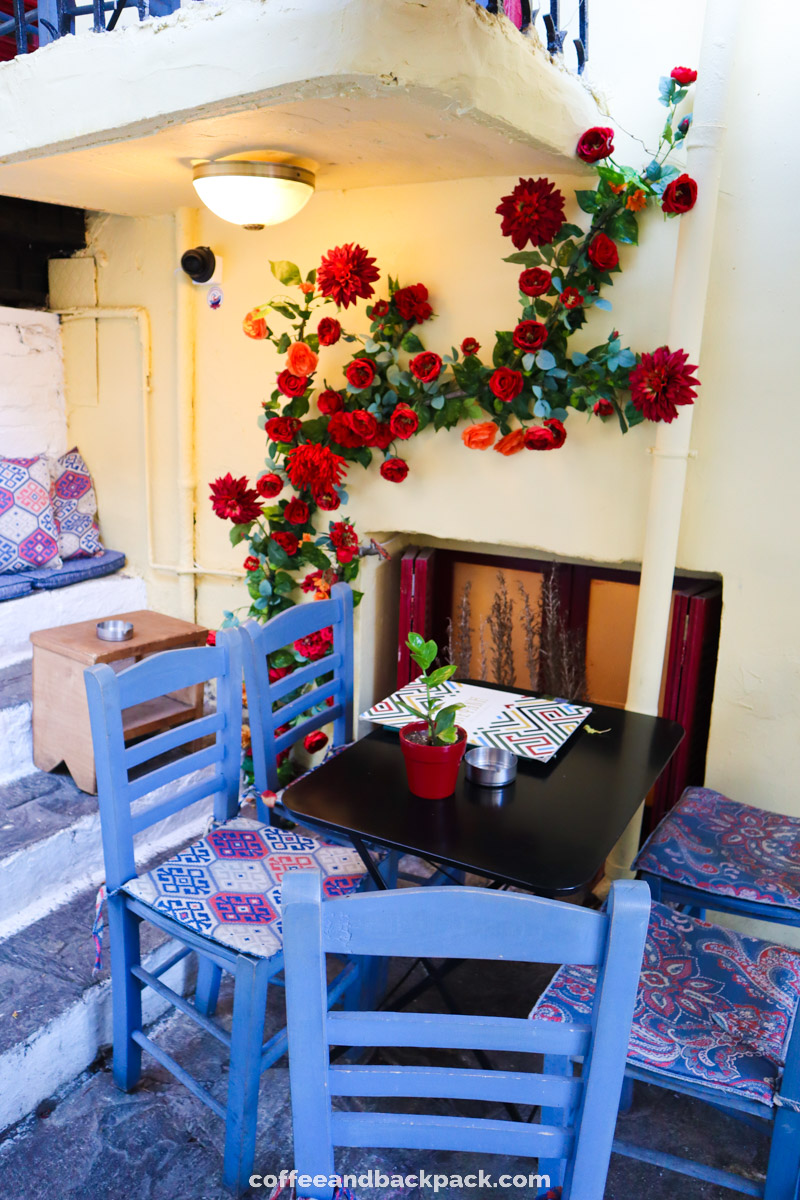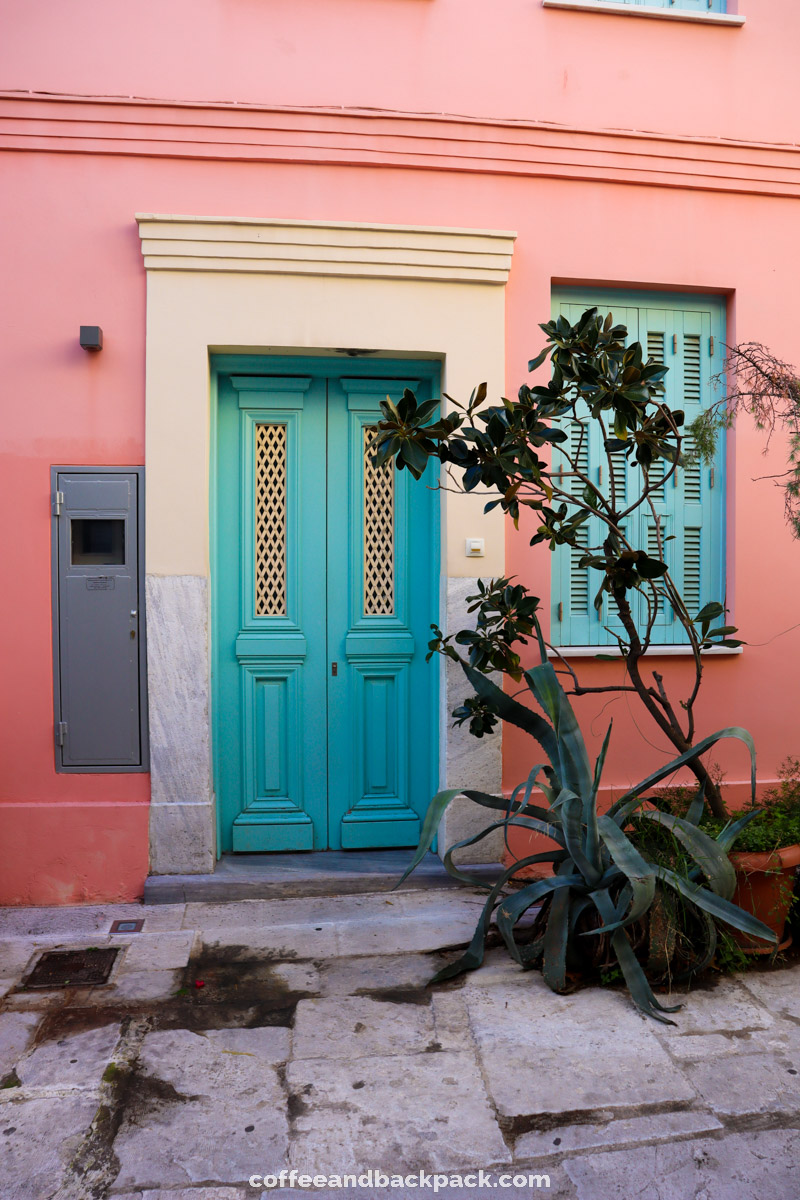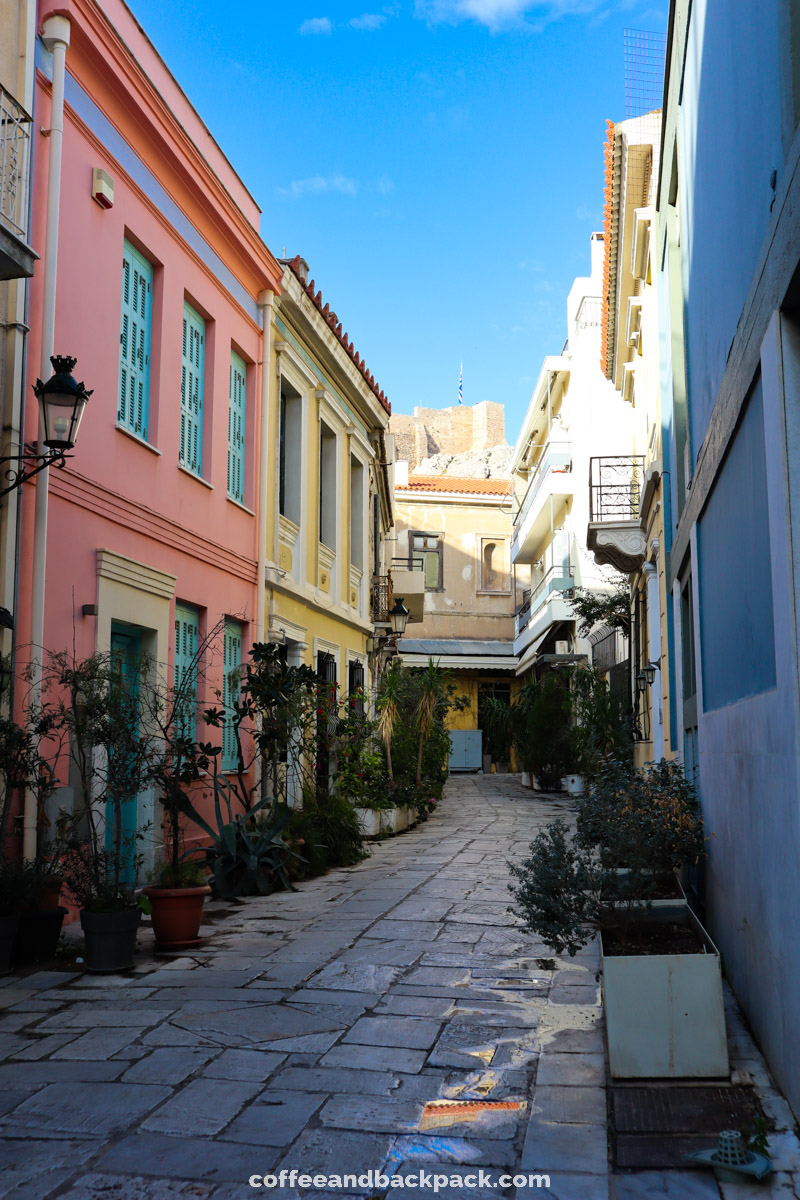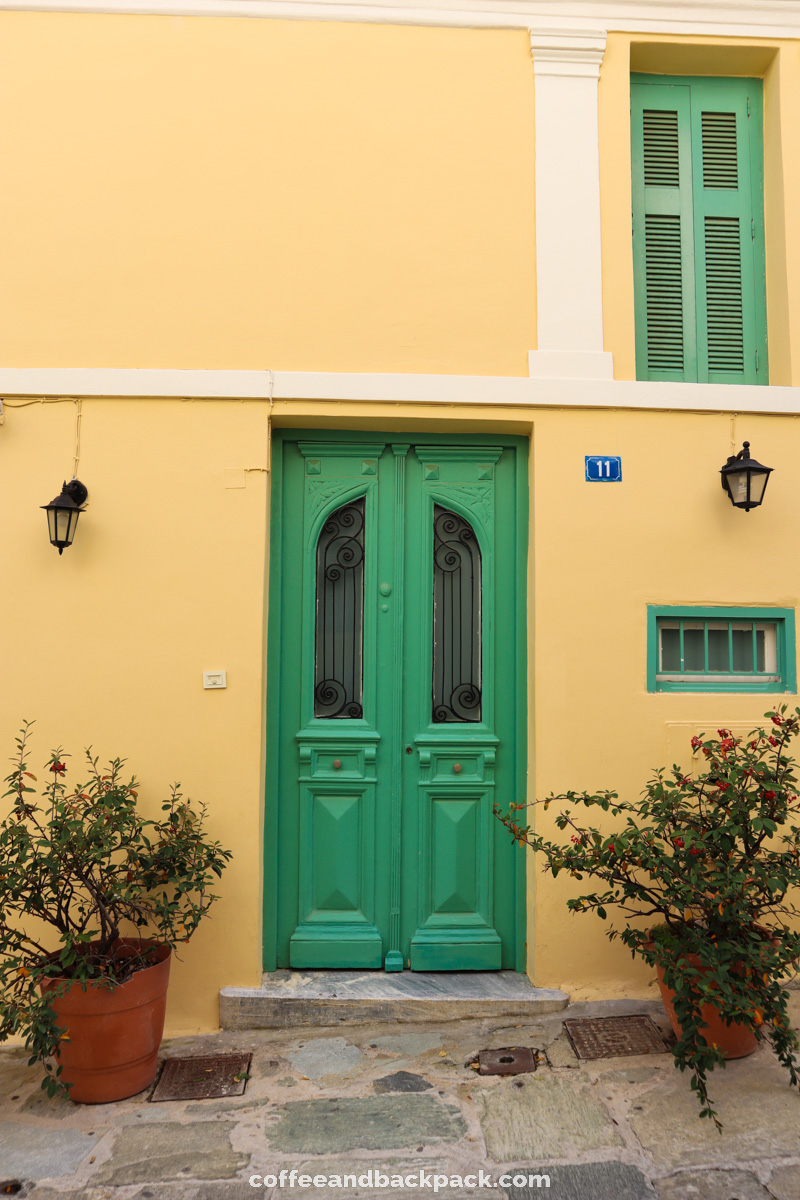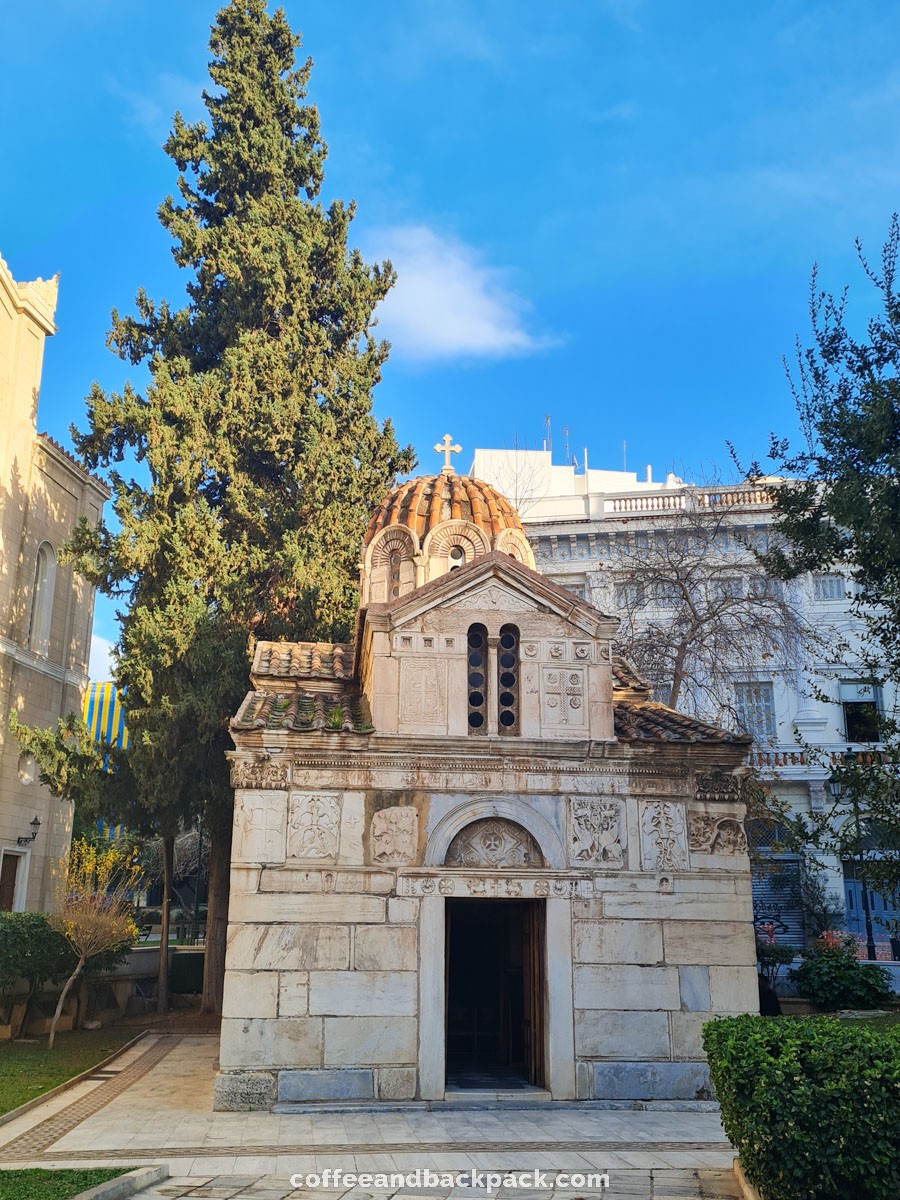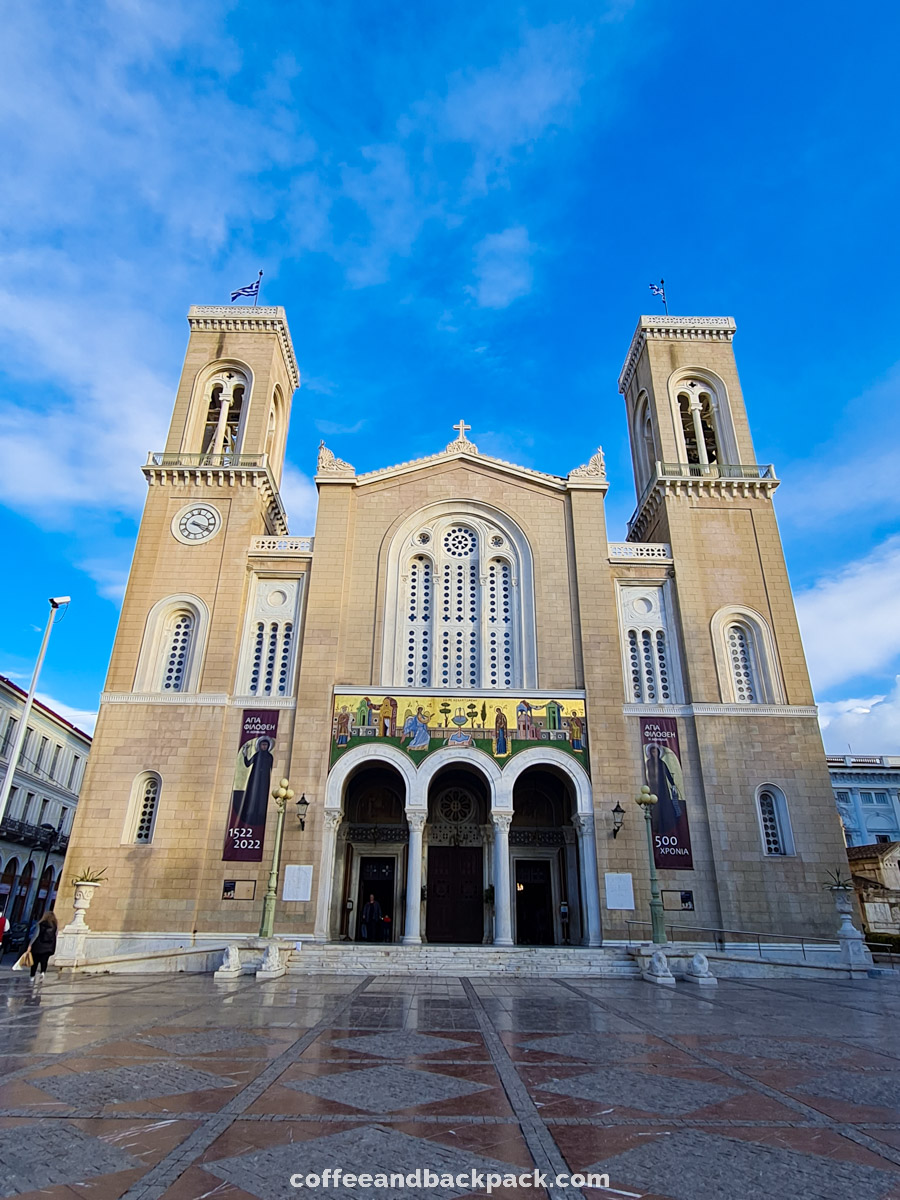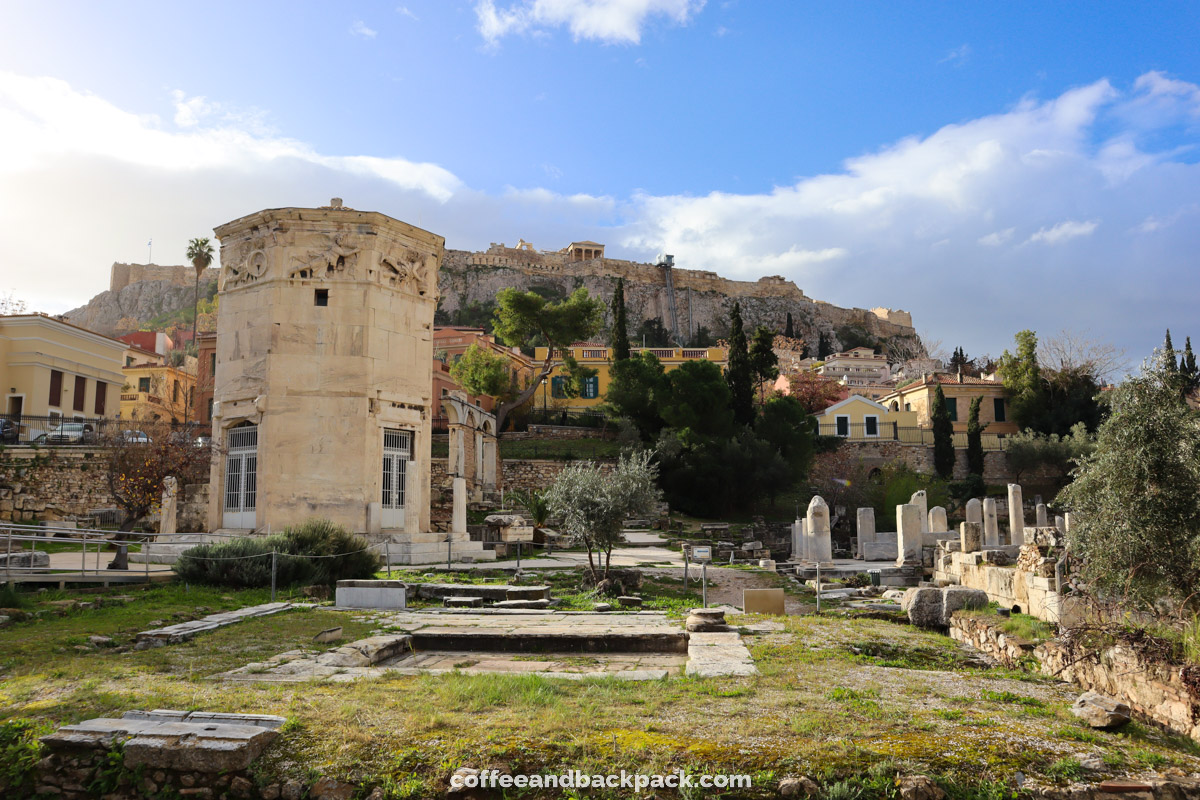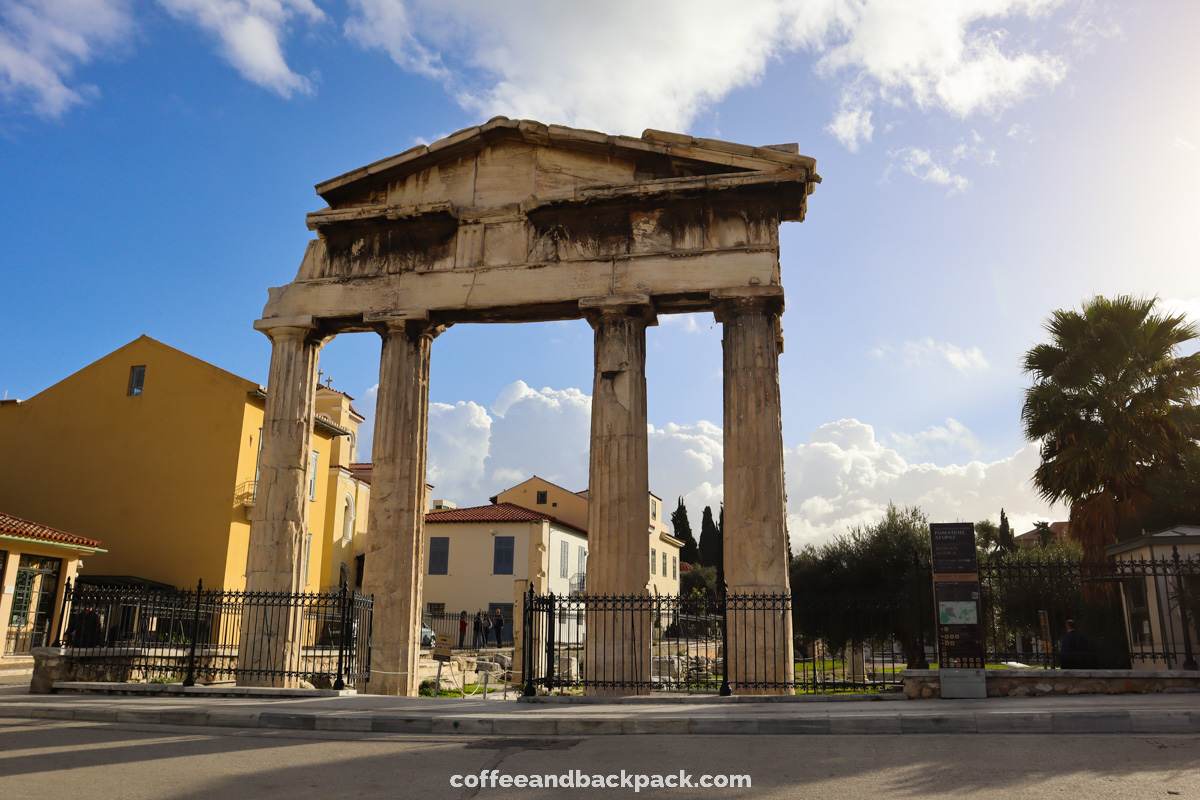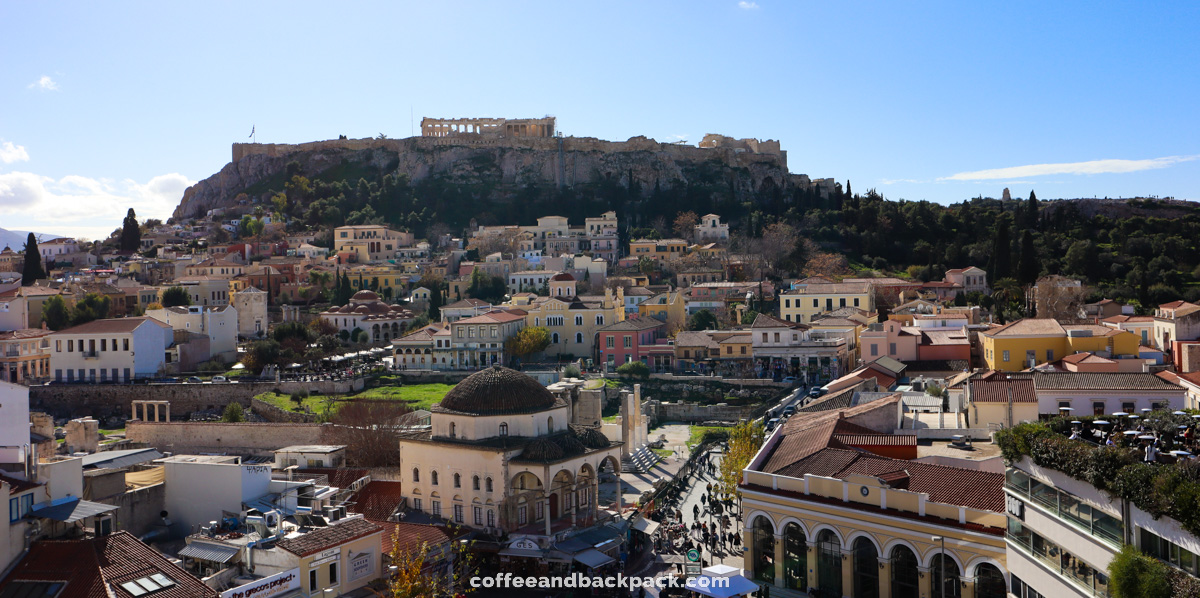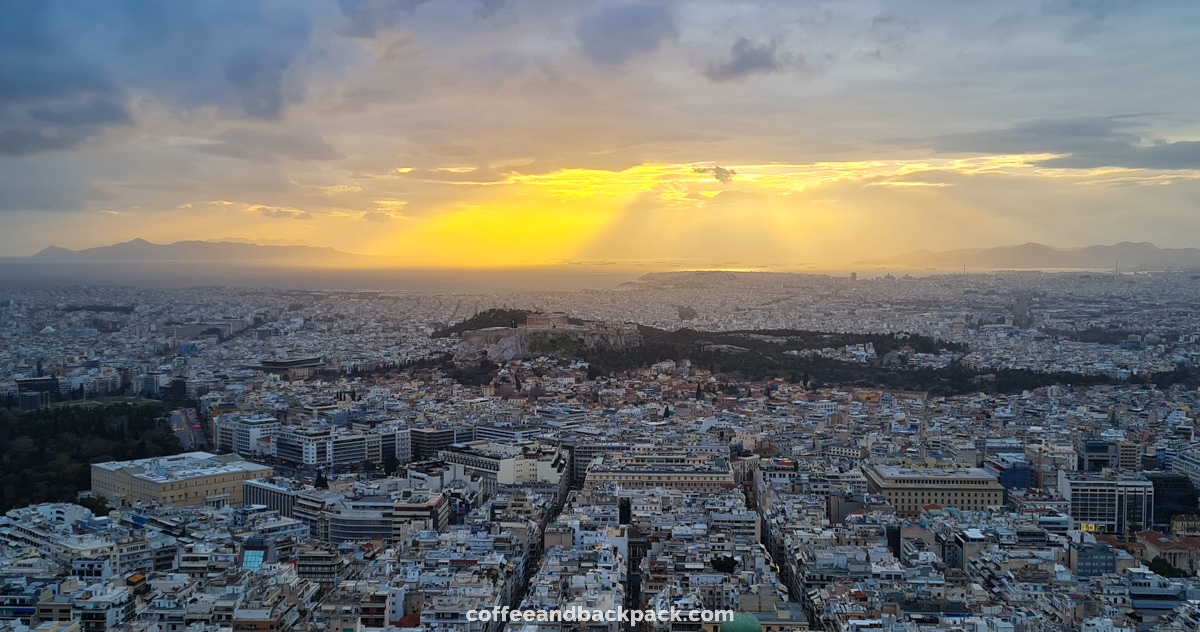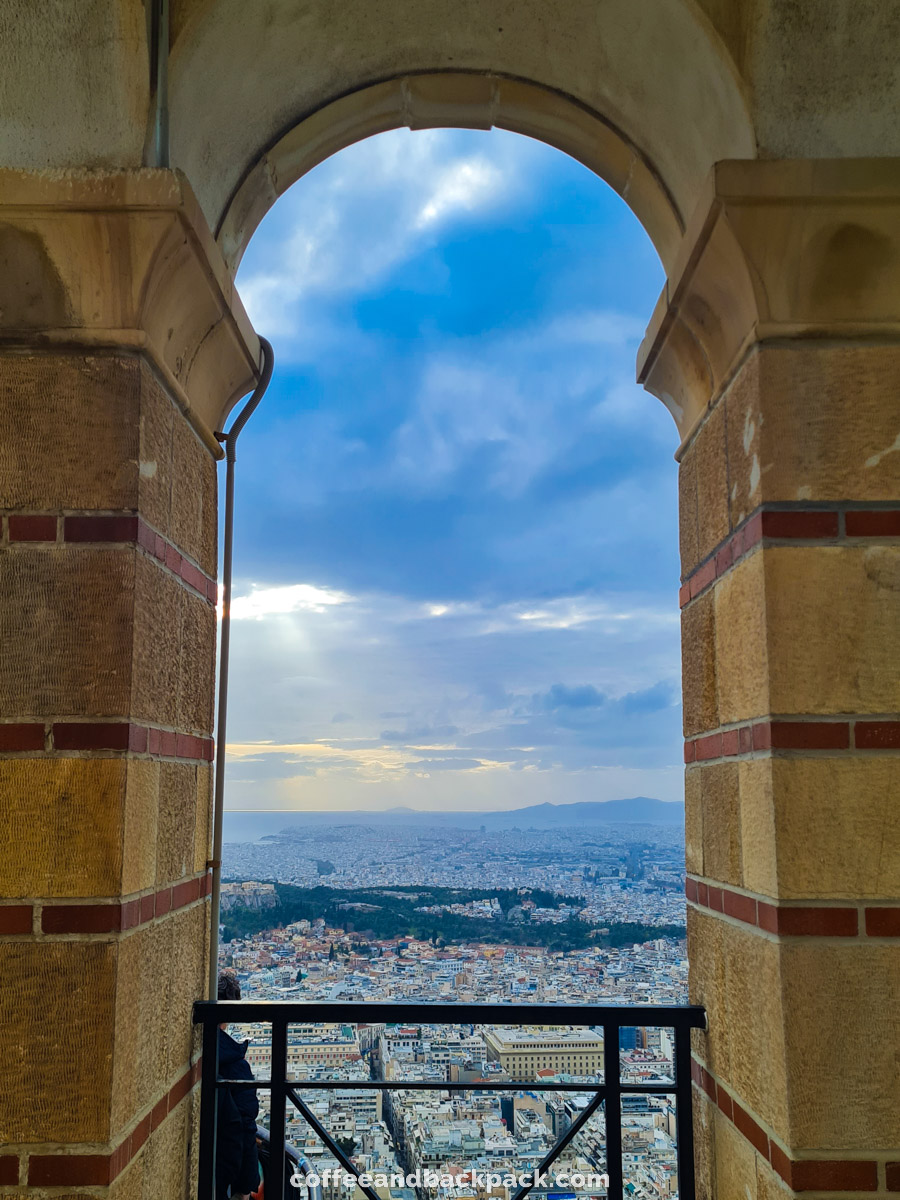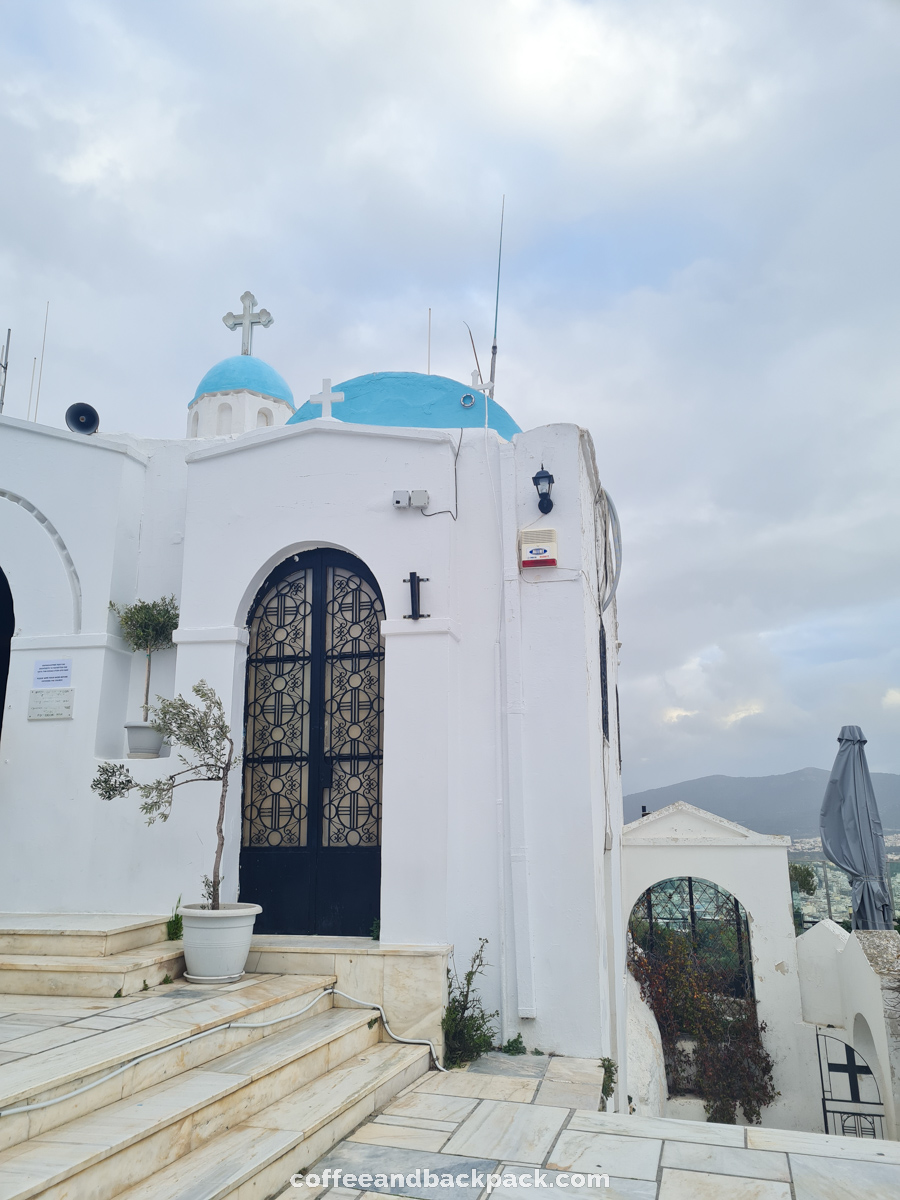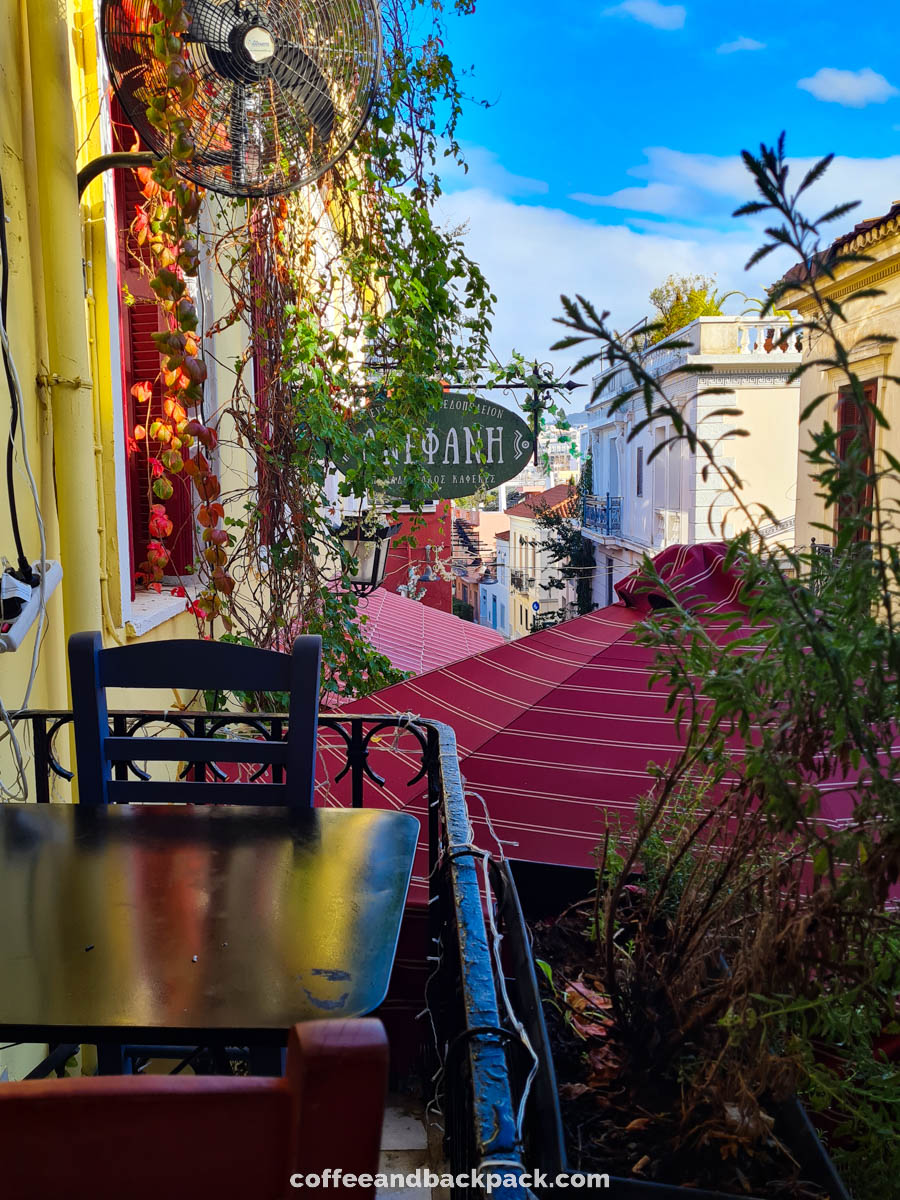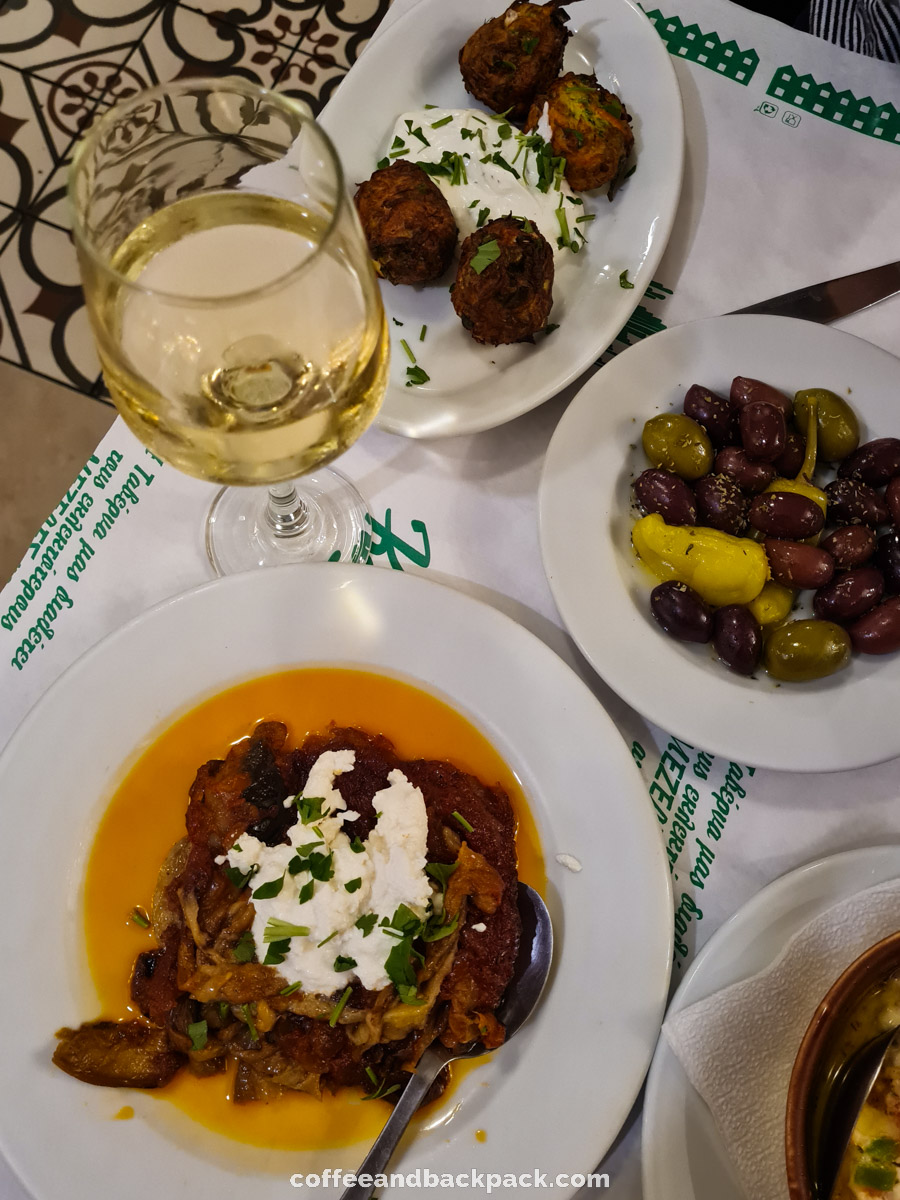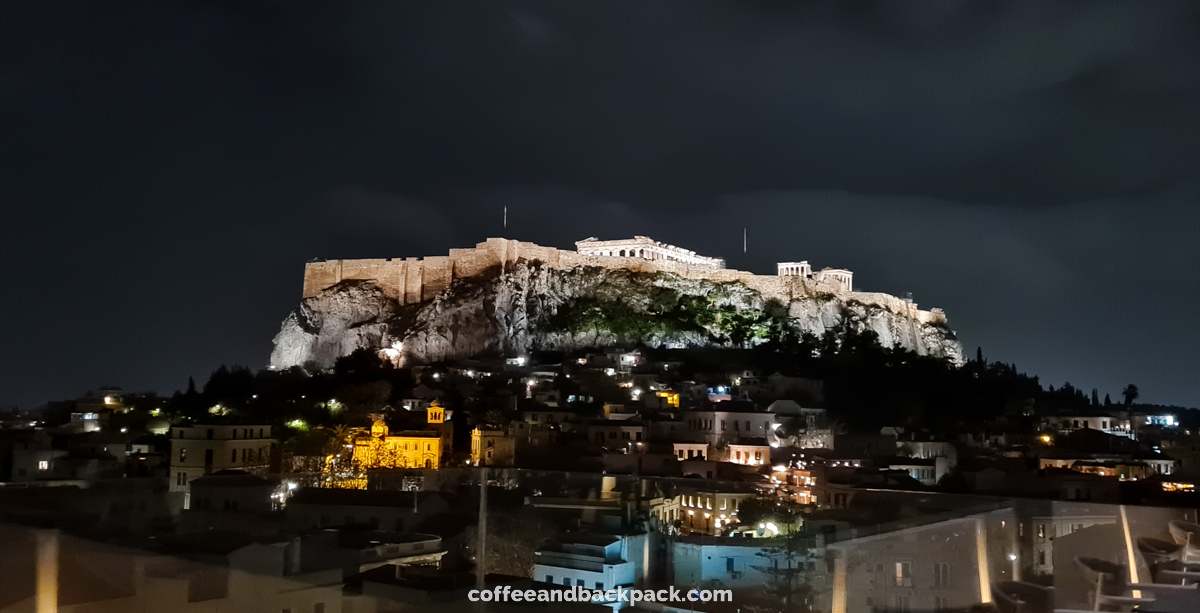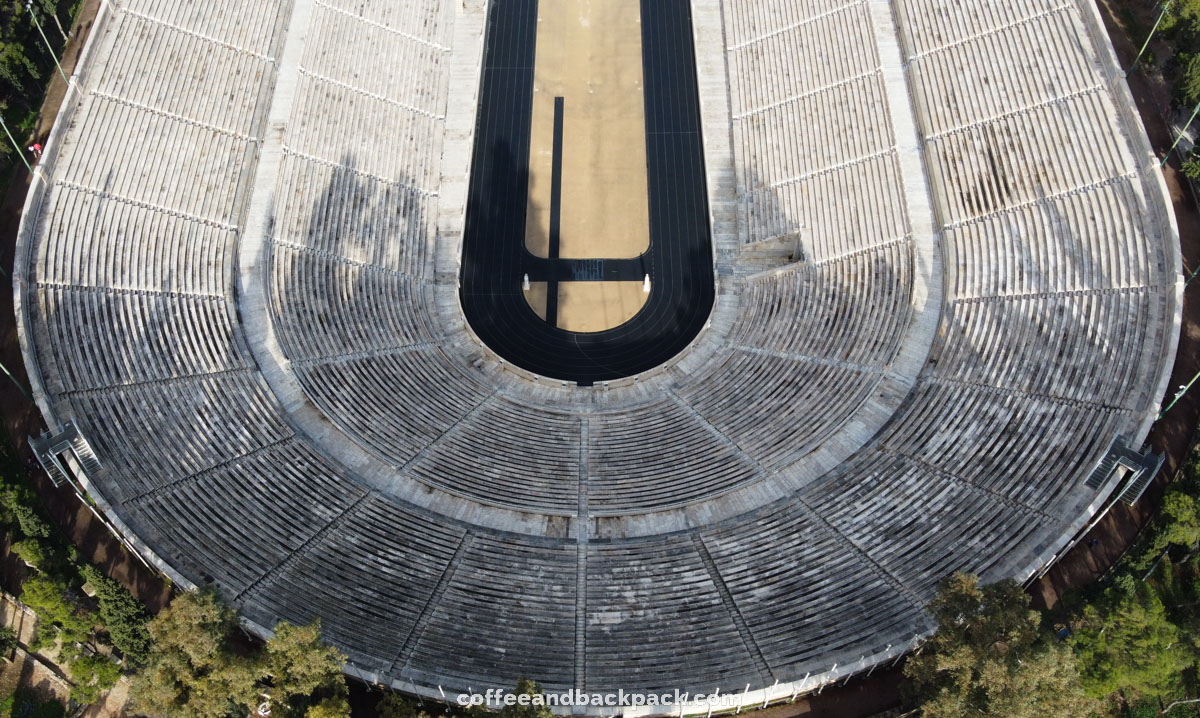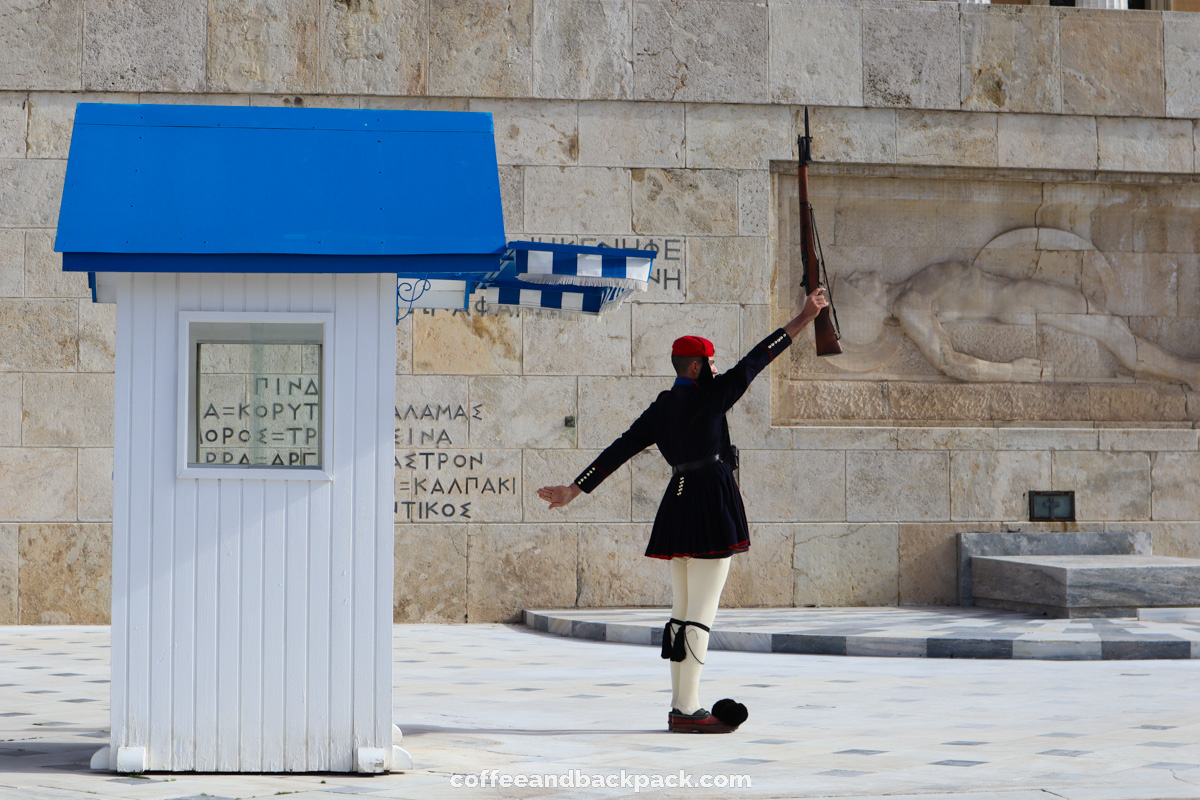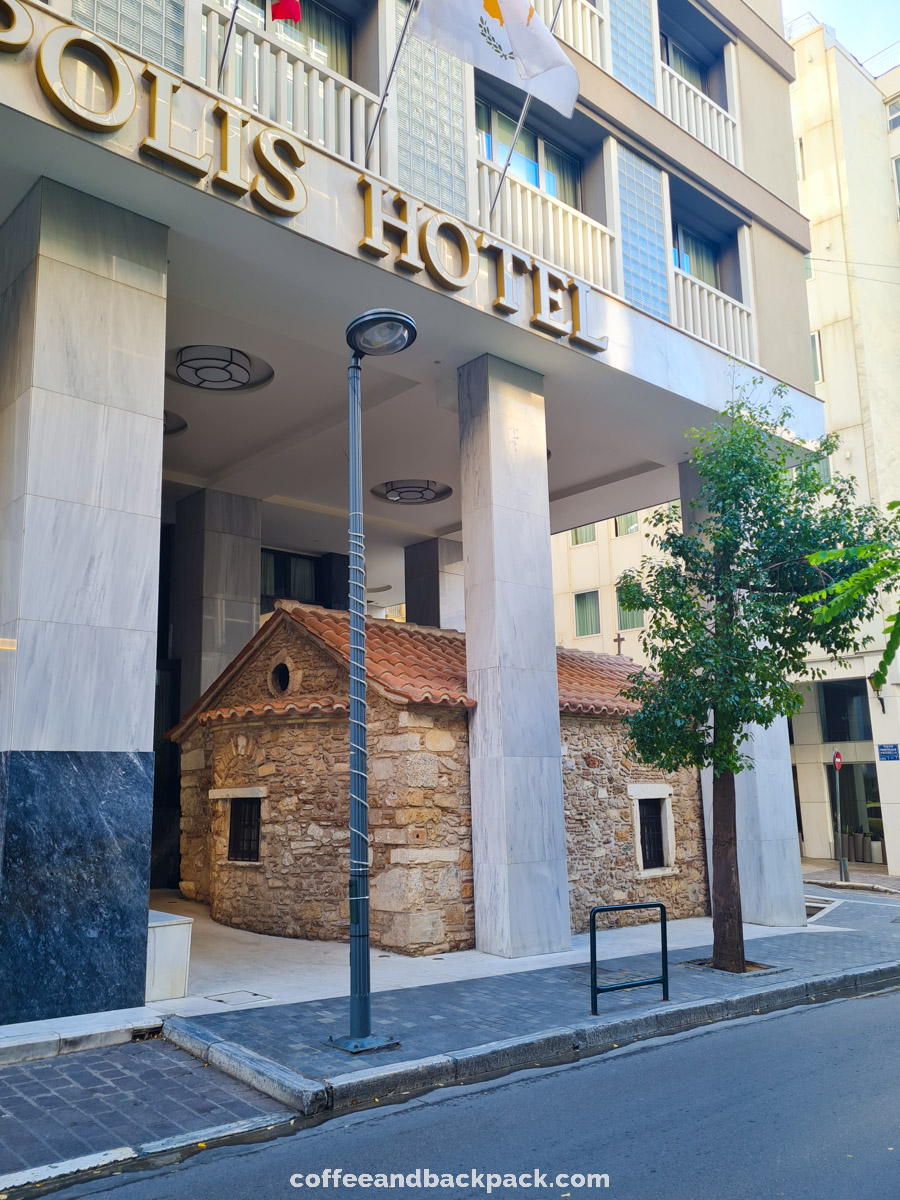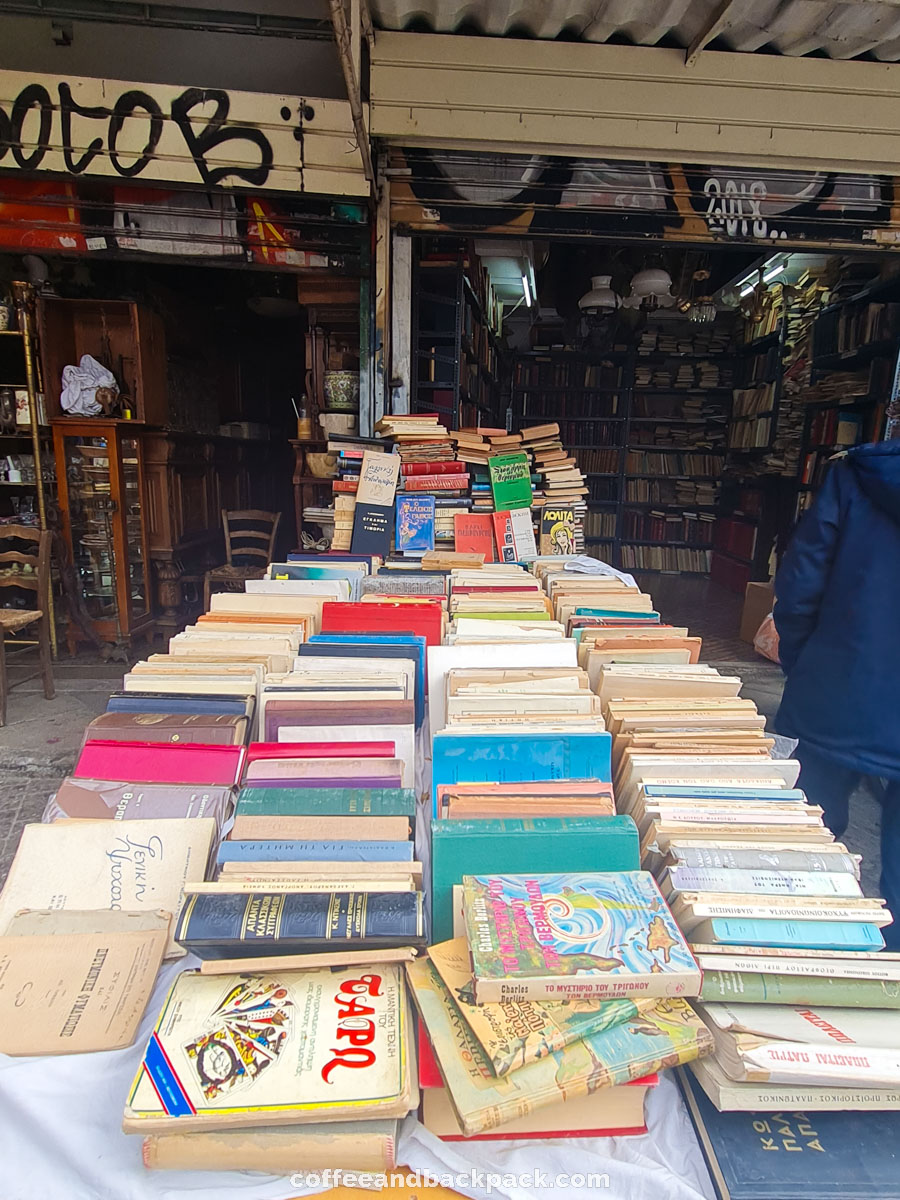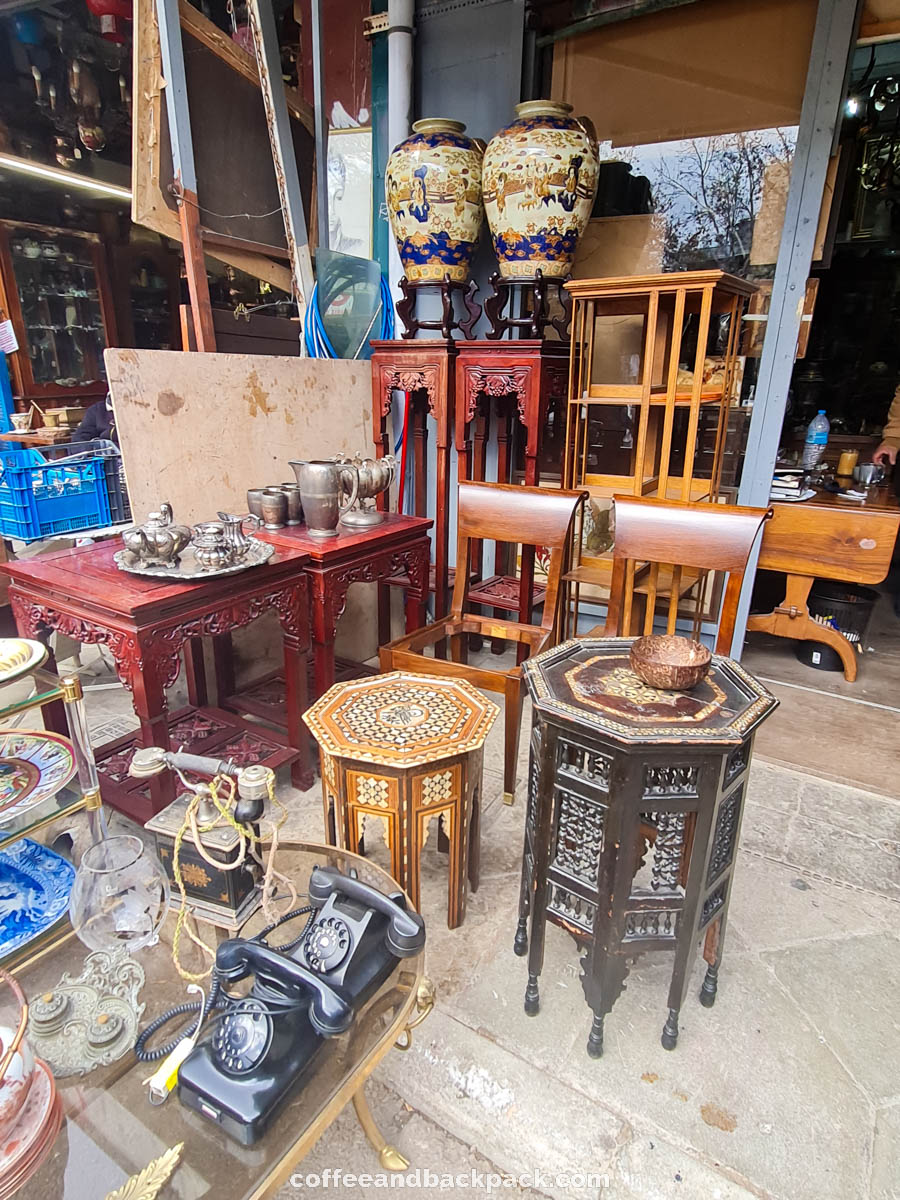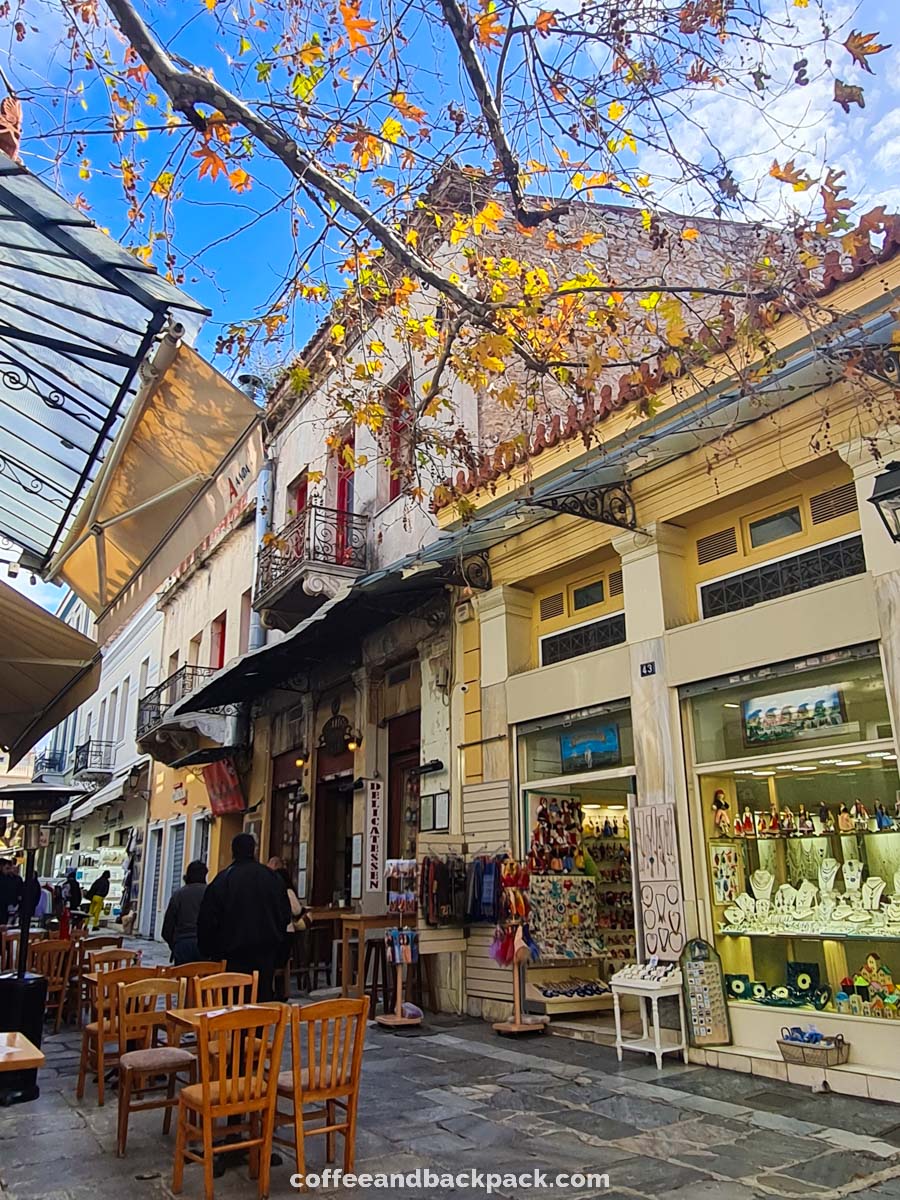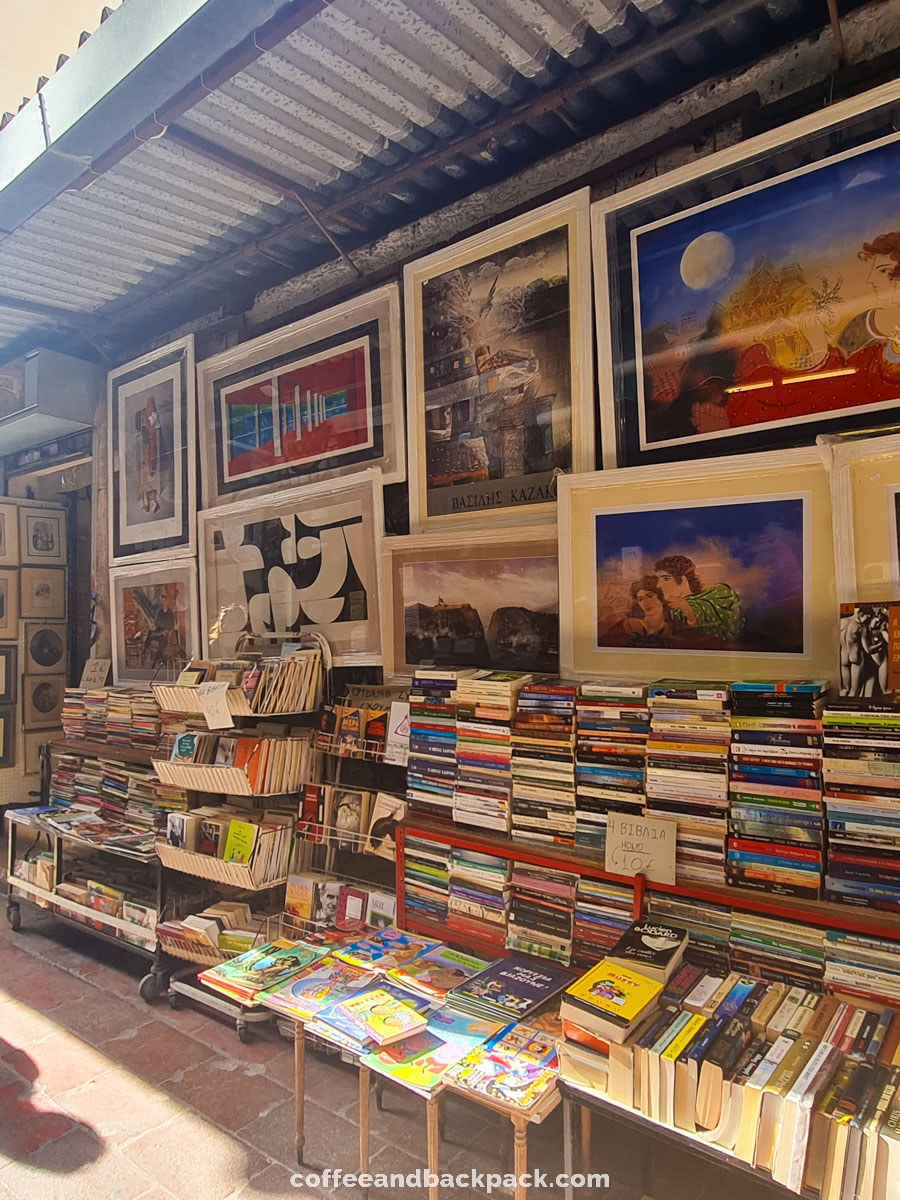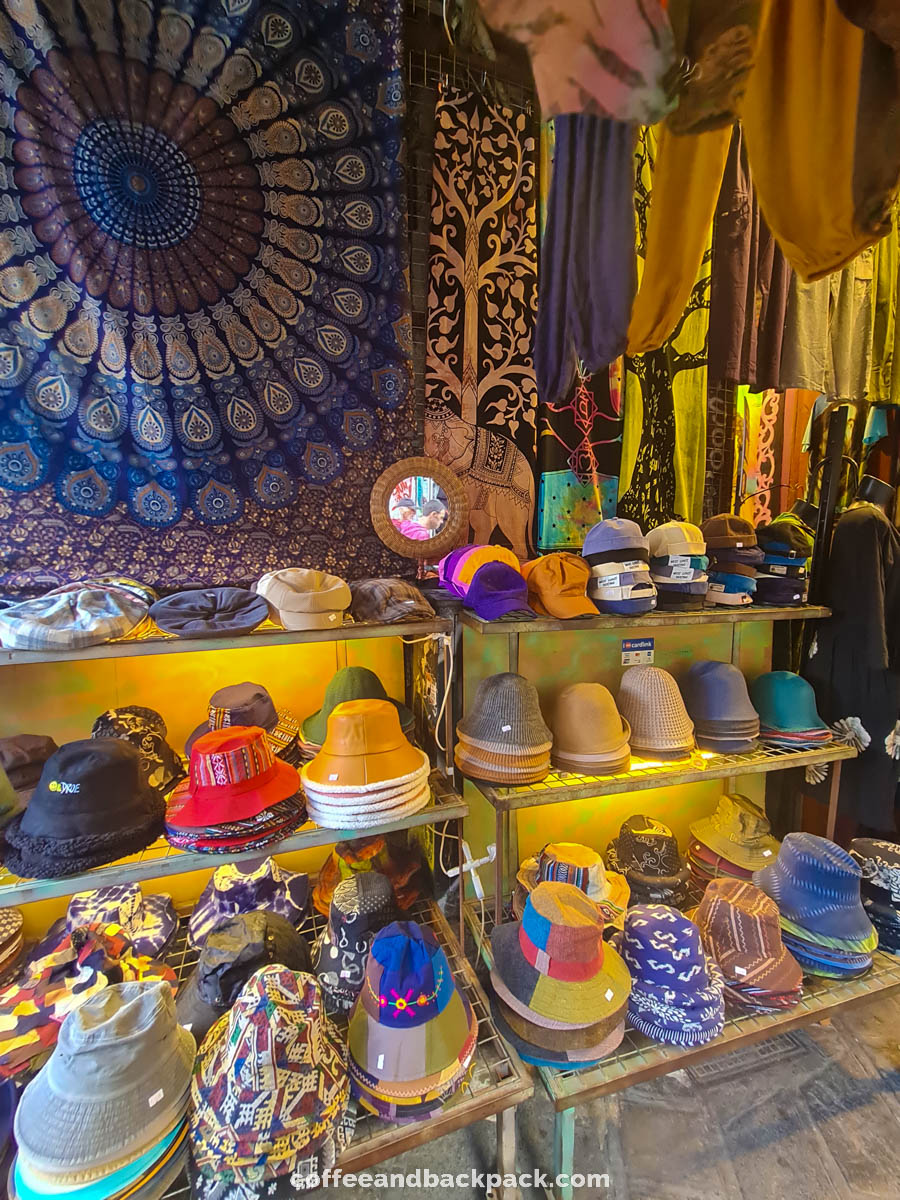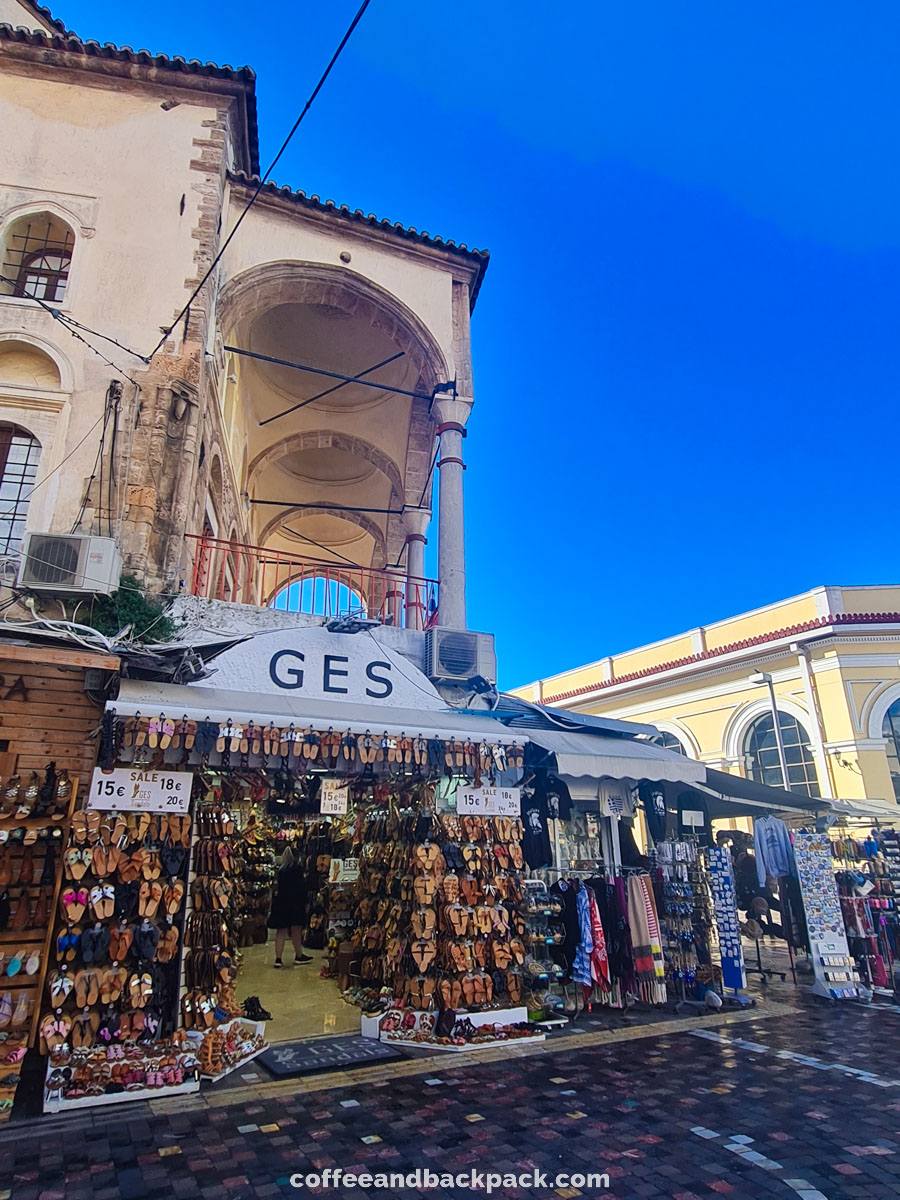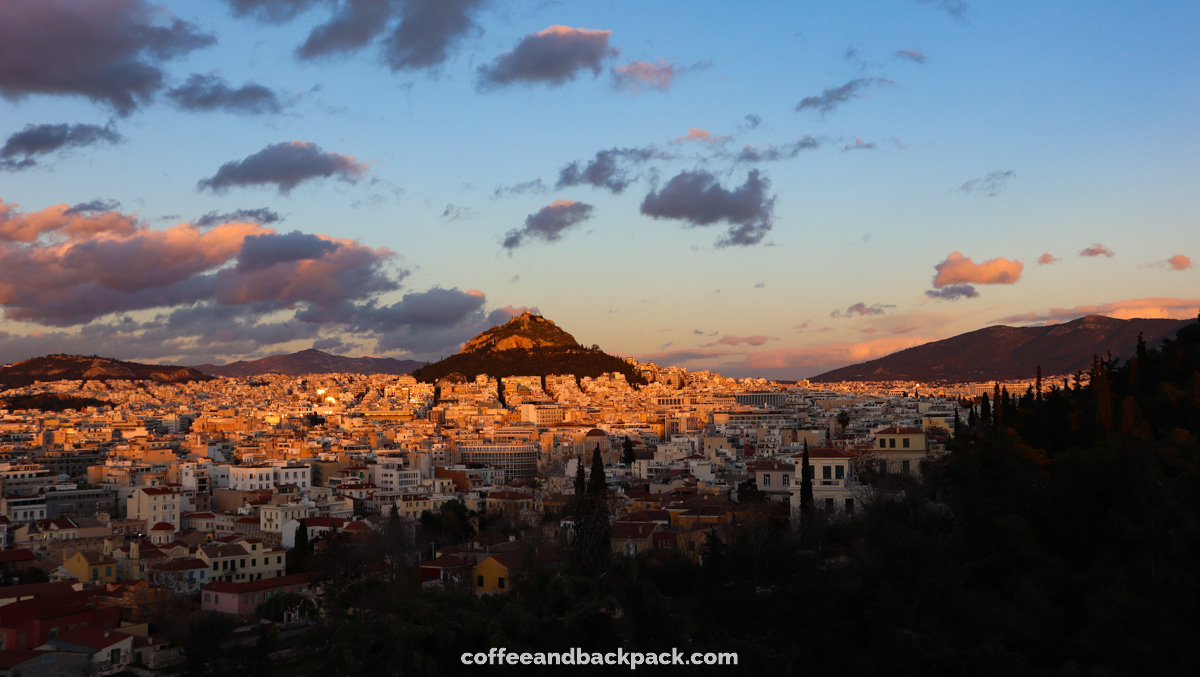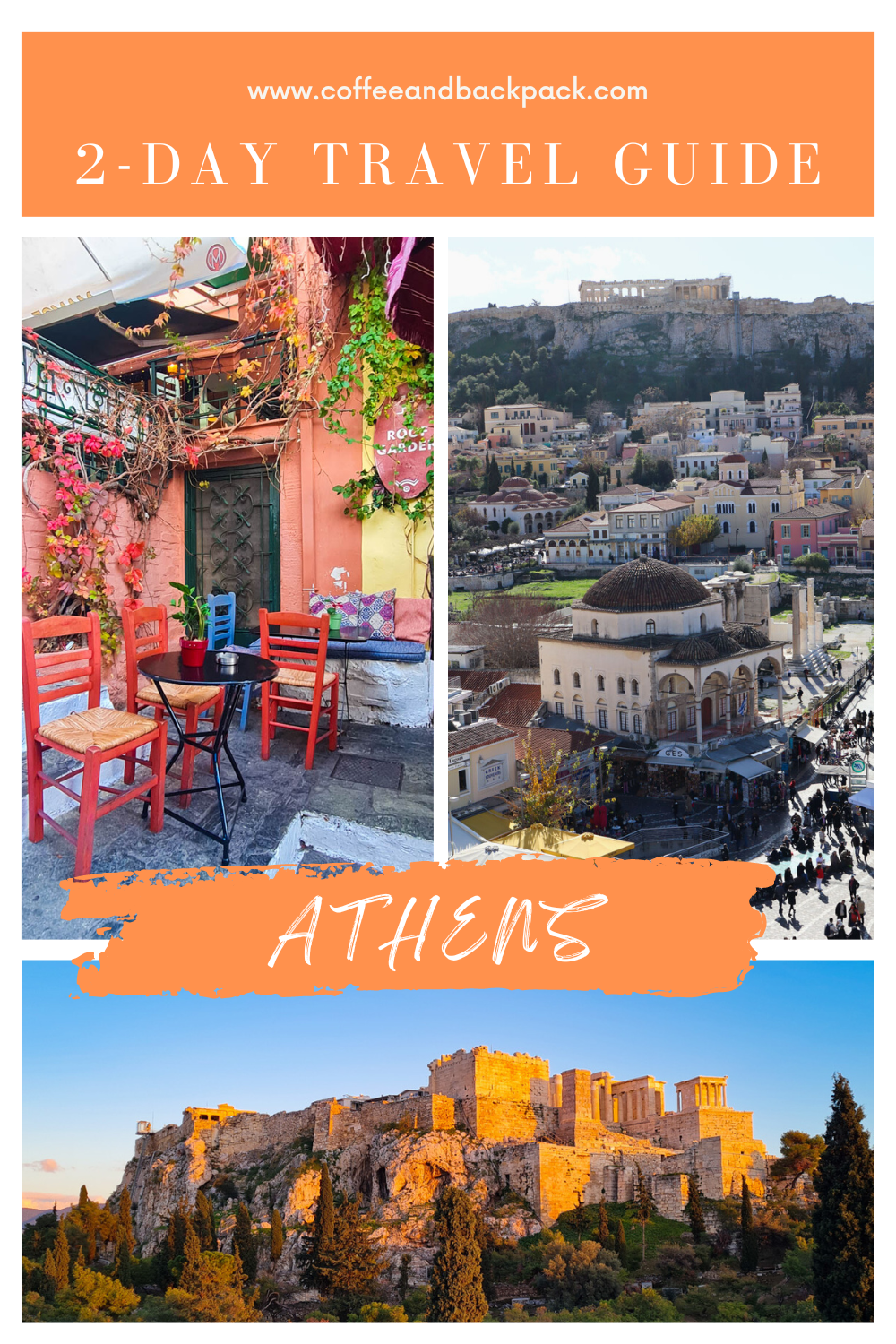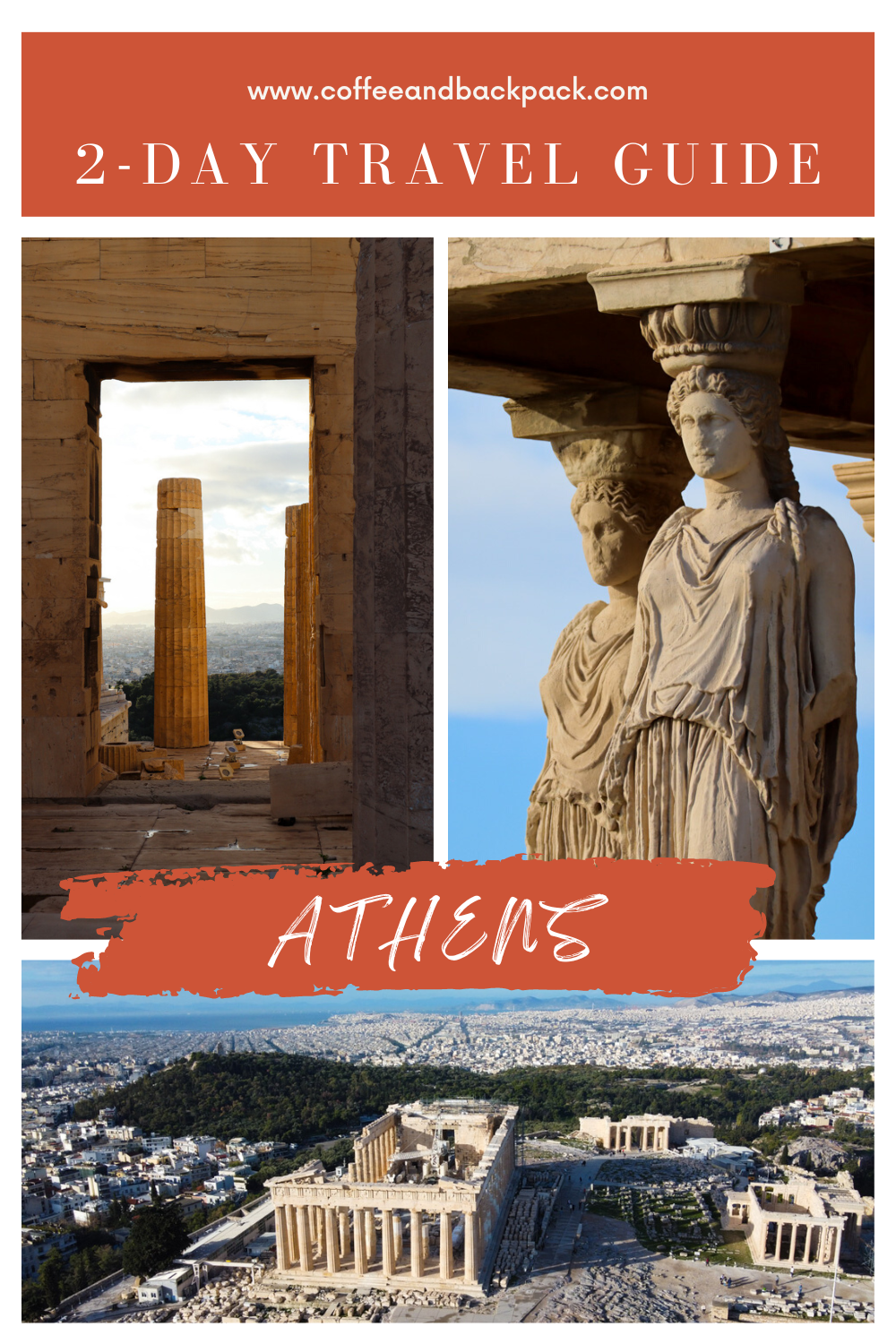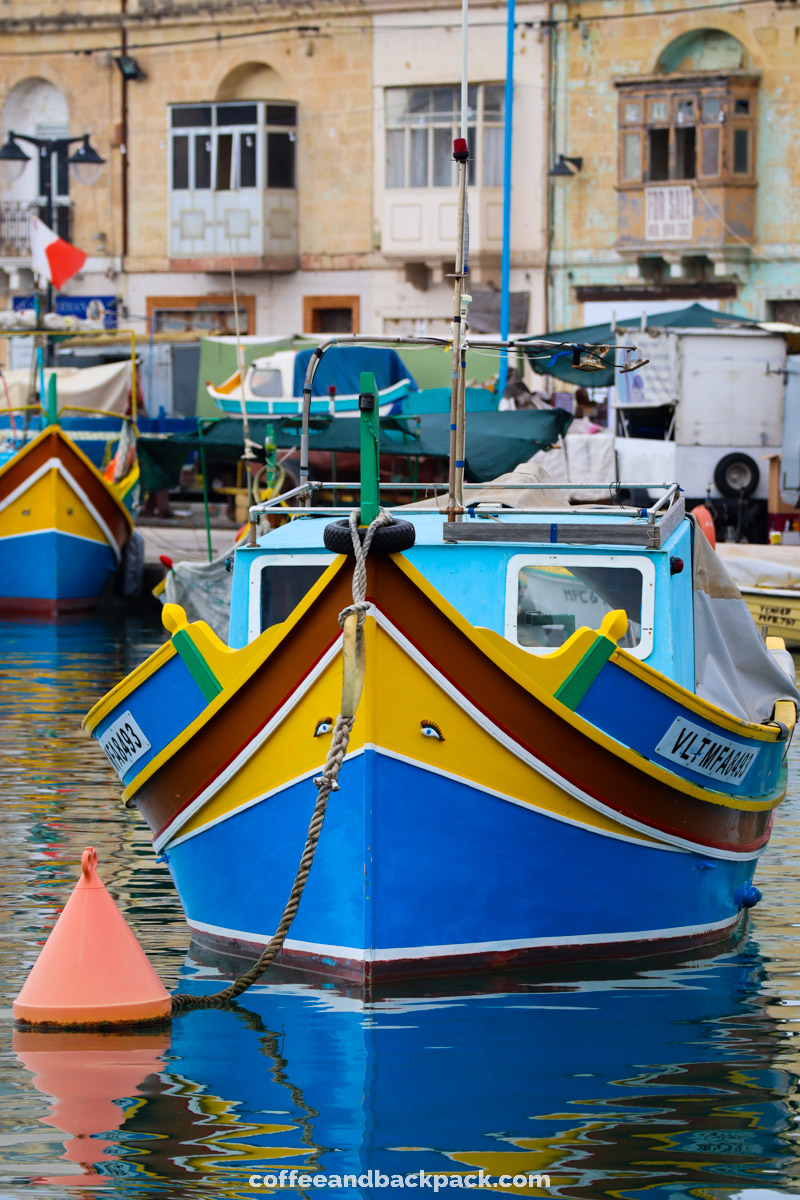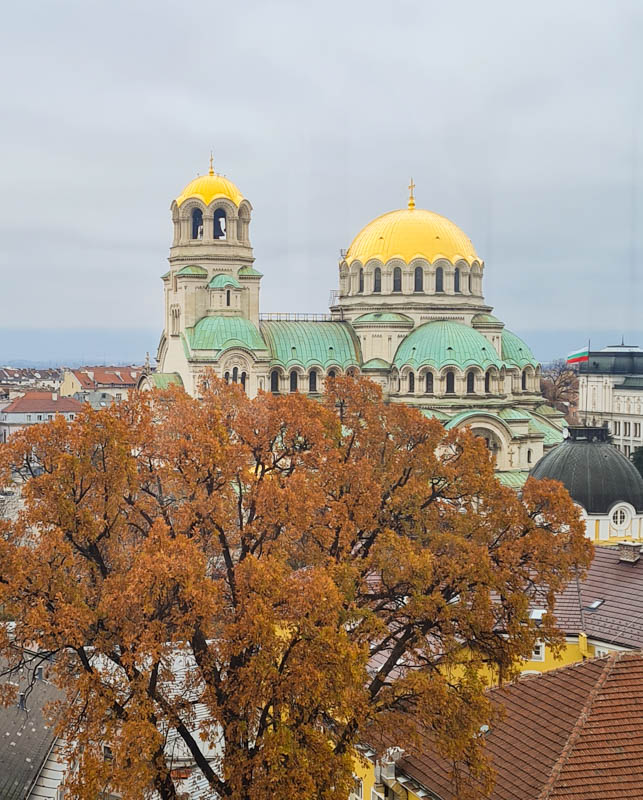As a stopover before spending a few days on the Greek islands, or for a weekend getaway in Europe, this article describes the best itinerary to visit Athens during 2 full days, through its iconic monuments while enjoying the great Greek culture.
With nearly 5 million inhabitants, Athens remains a human-sized capital where the main attractions are located around the Acropolis. The iconic Parthenon on the Acropolis might be on top of your list when visiting Athens, however, Athens has so much more to offer!
This itinerary will take you through the must-see areas of Athens such as Plaka, Monastiraki and Anafiotika. It also includes some tips to visit the Acropolis, and as usual, some restaurant recommendations and great locations from where to watch the sunset.
Good to know before traveling to Athens
When to visit Athens?
Due to its favorable climate and its incredible monuments, Athens is attractive all year round for tourists from all over the world. We can only recommend visiting Athens off-season, for the simple reason that the city is saturated in summer and it is very hot. Visiting the acropolis, where there is absolutely no shade, might quickly become unpleasant if the place is crowded and if it’s 40 degrees outside. We traveled to Athens in January and had a very pleasant stay. We were able to visit the acropolis during the busiest hours and still felt like the place was not crowded at all. The weather was also great with a big blue sky and about 20 degrees each day of our trip.
Transportation
Athens airport is very well connected to the city center thanks to a metro line taking you to Monastiraki Square in only 45 minutes.
Athens is crossed by two metro lines and the bus network is very developed. Nevertheless, if you follow this itinerary during your stay in Athens, you will not have to take public transportation. The city is easy to visit just walking around as the main attractions are all concentrated around the acropolis. Pack some good trainers if you consider walking one of Athens’ hills to watch the sunset.
Tip
We found the Athenians to be very adventurous while driving their scooters. It is also rare to see them wearing a helmet! And in cars and taxis, the seatbelt is clearly only an option. As pedestrians, be careful when crossing the street, especially around Syntagma.
Accomodation
There is a large supply of accommodation in Athens for tourists. It is easy to find a quality hotel at a very good price in the city center. We stayed in a 4-star hotel not far from Syntagma Square. While comparing prices of hostels and hotels, we found the price difference to be extremely low for a considerable difference in quality of accommodation (barely 30 euros difference between the price of a double room in a hostel and in a 4 star hotel). Treat yourself by booking a nice hotel in the city center.
Day 1 - The Acropolis, Plaka & Monastiraki
This itinerary starts with Athens' top monument, The Acropolis.
By day and by night, the Acropolis overlooks the city and mesmerizes, reminding the Athenians of the ancient Greek era.
Located on a 156 meters high rocky plateau, the acropolis is a group of monuments including the emblematic Parthenon, the theater of Dionysus, the Odeon of Herod Atticus (amphitheater) or the ancient temple of Athena.
The mythology tells that the acropolis was the scene of confrontations between Poseidon and Athena who were then fighting for the control of Attica. To win the inhabitants’ hearts, Poseidon offered them a well of salty water created in a trident’s blow, while Athena offered them an olive tree bringing them shade and olives with all their possibilities. It was Athena who democratically won the duel, thus becoming the goddess of the city.
The acropolis is open from 8AM to 5PM in winter and from 8AM to 7:30PM in summer.
During the high season, the acropolis is very busy as you can imagine. It is then recommended to book your tickets in advance and to go at the opening, or two hours before the closing. The basic entrance fee is 13 euros, with an audio guide. It is also possible to buy a ticket that includes a visit to the acropolis museum which is located only a few meters from the entrance of the acropolis.
You can book your tickets a few days ahead of our visit using
this website.
Tip
If you are staying a few days in Athens, it is recommended to take an Athens Pass for 36 euros which includes, in addition to the acropolis, an access to 6 other sites in the center of Athens such as the Roman agora, the ancient agora, Hadrian's library and Aristotle's college.
The acropolis, which means high city, was a place of worship as well as a refuge and a defense center for the Athenians in the event of an attack.
Follow the Panathenaic road that connects the lower city to the acropolis, to reach the Parthenon. This road passes in front of the theater of Dionysus and the Odeon of Herod Atticus to reach the Parthenon via an imposing entrance. You are now walking on a path that has been used for almost 2500 years!
The acropolis offers breathtaking views over the city and its white buildings, but also on the ancient Agora. While the acropolis served as a religious center for the Athenians, the agora was a place for political, social and commercial meetings. The temple of Hephaestus on the agora is incredibly well preserved and also visible from the acropolis.
At the top of the acropolis flies the Greek flag, which only a member of the Greek presidential guard, called evzones, can touch and hoist every morning to be seen by all. Their sense of duty and loyalty to Greece is known to be immeasurable.
It is said that when the Nazis arrived in Greece, they ordered a member of the presidential guard to remove the Greek flag from the acropolis and replace it with the Nazi flag. He did so, but then wrapped himself in the Greek flag and jumped to his death from the top of the acropolis. Athens also has a Presidential Changing of the Guard ceremony. It is scheduled a little further along this route.
Tip
To admire the sunset as close as possible to the Parthenon, go to the Areopagus hill, a few meters from the exit of the acropolis. Be careful though, the stones of this hill can be very slippery.
From the acropolis, walk down to the neighborhood of Anafiotika, which is only a few steps from the exit of the acropolis. Anafiotika is a small picturesque neighborhood built in the architectural style of the Cycladic islands by inhabitants of the island of Anafi who came to Athens for work in the nineteenth century.
This neighborhood of small white houses and narrow streets is decorated with bougainvillea and populated with well-fed cats. Today, only about forty houses are inhabited.
Walk down to Plaka, the liveliest and oldest neighborhood in Athens.
From Anafiotika, you can walk down the Mnisikleous stairs, also called the Plaka stairs. This is one of the most iconic streets of Plaka, and a real treat for all your senses!
The Mnisikleous stairs are full of beautifully decorated restaurants which offer great Greek food and traditional live music everyday. The chairs and tables are installed right on the stairs making it very welcoming to just sit there to enjoy a nice cup of coffee or a meal while people-watching. It can be sometimes difficult to make your way among the waiters, the passers-by and restaurants’ clients, however this chaos and permanent buzz makes the charm of this place.
At night, the stairs of Plaka light up and provide the perfect setting for a dinner with live traditional Greek music.
Tip
For coffee lovers, make sure to take a break in one of the many restaurants to try the famous Greek coffee. The coffee is heated in a small individual coffee pot called Cezve.
Lose yourself in the narrow cobbled stones streets surrounding the stairs of Mnisikleous. This area is full of blooming bougainvillea, remains of small Byzantine churches, and neoclassical style buildings. Athenians take their plants out to the light by placing them at their front door, filling the streets with vegetation.
Continue towards Plaka Market, on Adrianou Street. This street is very touristy because of its many souvenir stores. It is also home to the Benizelos house, which is the oldest house in Athens. Converted into a museum in 2017, it is possible to visit it or simply admire it from Adrianou Street.
Continue towards the church of Saint Eleutherios. This small Byzantine style church is located right next to the cathedral of Athens. 600 years separate these two religious buildings. The Athenians believe that the cathedral is cursed as it was destroyed in 1999 during an earthquake while the small church of Saint-Eleutherios remains intact today.
Our next stop is the Roman agora, the ancient public square of Athens. There is not much left of this former forum today, however you can still imagine how big this place was by looking at some of its vestiges such as the gate of Athena, or the gate of Hadrian. Only the wind tower is today practically intact. Holes have been drilled in the marble of this tower to recognize the winds and their direction by the sounds they make when they pass through the walls. If you are in Athens on a windy day, you may hear the winds sing through the tower.
Our next stop is Monastiráki. On the way, make sure to check Hadrian's library, at least what is left of it! Several columns of this imposing building, ordered by the emperor Hadrian, and which used to be a library but also a forum, remains today.
The Roman agora yesterday, Monastiráki today. The Athenians seem to have found their meeting point centuries ago on this square where metro lines, flea markets and rooftop bars meet nowadays.
Monastiráki means small monastery in Greek. Around the Tzisdarakis Mosque, a multitude of stores are set up in the alleys where it is possible to haggle before buying anything. Souvenirs, vintage clothes, leather goods, furniture brocantes and books... there is something for everyone in Monastiraki.
It is because Monastiráki looks so much like a souk that it is easy to guess the influence left on the city of Athens by the years of Ottoman occupation.
Tip
Monastiráki is also the ideal place for a great view of the acropolis and the Tzistarakis Mosque. Climb up to the 360 Rooftop Bar or the terrace of A For Athens to escape the crowd and enjoy a drink with a view.
To finish this first day in Athens, what could be better than a sunset view from one of the most beautiful viewpoints of the city? For this, go to the Lycabettus hill.
This hill is one of the highest in Athens and is known for the church of St. George located at the top.
It is possible to reach the top of the hill by taxi if you feel like you have walked enough today. However, please note that there will still be some stairs left to climb to reach the observation platform and the church.
We walked our way up to the church and it took us about 30 minutes to reach the top from the city center. From the church square, we had a great view of the sun disappearing behind the acropolis.
Based on when you visit Athens, you might get dinner before or after watching the sunset. As we visited Athens in January, for us it was definitely after sunset time!
To close this day, head back to Plaka stairs for a lovely dinner at Anefani. A Greek restaurant that offers live traditional music every night. Their terrace is illuminated and offers a view of the Plaka neighborhood. Their menu offers several Greek specialties at reasonable prices. Vegetarian options are available.
One of the best rooftop bars in Athens can be found only a few steps away from Anefani. Make sure to check Thea Rooftop Bar.This rooftop bar offers one of the best views of the acropolis, day and night! A perfect setting to enjoy their delicious cocktails with a breathtaking view of the Parthenon.
Day 2 - Around the acropolis
This second day in Athens is all about the main attractions located around and outside of Plaka and the acropolis.
Our itinerary begins at the Church of the Holy Trinity of Athens, a Byzantine-style church that today serves the Orthodox community of Athens.
From the church, continue to the Zappeion Gardens to see Hadrian's Gate and the remains of the Olympiion, also known as the Temple of Olympian Zeus. This monument is said to have been built 6 centuries before JC. This temple dedicated to Zeus would have counted 104 columns of which only 15 are still standing today.
Cross the park to reach the Panathenaic Stadium. It is in fact a reconstruction of the ancient stadium inaugurated about 3 centuries before JC. This stadium hosted, every 4 years, sports events organized for the Panathenaeus, religious celebrations in honor of the goddess Athena. The Panathenaeus games are the ancestors of the current Olympic games. Back then, only men could enter the stadium and watch the games. Once liberated from the Turkish occupation, the Greeks rebuilt this stadium to host the first Olympic Games of the modern era, at the end of the nineteenth century. The stadium has a capacity of 60 000 people.
Access to the stadium is not free, and costs 10 euros per adult. It is open every day from 8AM to 7PM from March to October and 8AM to 5PM from November to February. In addition to the stadium, an entrance gives access to a museum where several Olympic flames are exposed.
Tip
It is possible to have a view over the stadium by climbing the Ardittos’ hill. Walk toward the Archimidous street till you see a path that will take you up the hill. The path goes all around the stadium, offering great panoramic views over the bleachers of the stadium and its perfect shape. Athenians are so used to living among history that they even enjoy this path for a nice run in the shadow of the hill’s trees.
Walk through the park to reach the Presidential Palace. It is only a 5-minute walk from the stadium. Two evzones guard the entrance to the Presidential Palace. This is a great spot to witness the highly symbolic changing of the guard ceremony which takes place at every hour, on the hour (day and night!). The evzones move slowly, clicking their shoes on the ground, to inform their ancestors buried in the ground that Greece is still Greek, and no longer occupied.
Wearing their uniform is a feat in itself. Their silk shirts weigh nearly 10 kg and have precisely 400 folds, representing the 400 years of miserable Turkish occupation. Their hats are red to represent the blood of the Greeks spilled over many wars. The tassel hanging from the hat represents the tears of Greek women who cried for their sons and husbands during those same wars. The evzones carry an English rifle in recognition of the alliance between Greece and England.
Cross the park to join Syntagma square where the parliament and the tomb of the unknown soldier are located. The tomb is also guarded by Evzones. This is also another good place to watch the changing of the guard ceremony.
On Syntagma square, you can find the Hotel Grande Bretagne, a beautiful neoclassical building which hosts one of the fanciest hotels in Athens.
Tip
Every Sunday at 11AM, an even bigger changing of the guard ceremony takes place. During this ceremony, a military band marches from their barracks to Parliament. The best place to watch the ceremony is in Syntagma Square.
Our next stop is
Ermou street. The busiest shopping street in Athens which starts from Syntagma square. It will lead you straight to Monastiráki. On the way, take a break at
Hootcut to taste some delicious take-away Greek food. This place is very popular for its Gyros. Gordon Ramsay filmed a show there.
Before reaching Monastiráki, make a quick stop by the Electra metropolis hotel on the way. This hotel was built on top of an old church, now classified. This is one of the many curiosities of Athens. It is said that this tiny church used to hide the entrance to an underground passage that was used by the resistance during the years of Turkish occupation.
Make sure not to miss the Byzantine church of Kapnikaréa which is nearby. This church is nearly 1000 years old! A vestige from another millennial, now trapped in the heart of a busy commercial artery.
Make the most of the end of the day by strolling through the flea markets of Monastiráki. This is the perfect place to find a little souvenir for yourself or your loved ones.
Tip
While in Monastiráki, make sure to enjoy some of its best rooftops. We highly recommend 360 Rooftop Bar and A for Athens which are the two iconic rooftop bars of Monastiraki.
To finish this second day in Athens, go back to Plaka for dinner. We recommend having dinner in To Kafeneio. A small and cozy restaurant located near the stairs of Plaka where you can taste Greek specialties. Even Though this place is located in the touristic part of Athens, it is full of locals enjoying their favorite food.
Finish the day with a sunset over the acropolis from the Areopagus hill.
Like this article? Save it on Pinterest!
